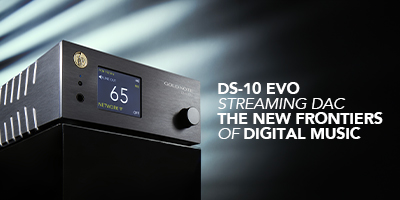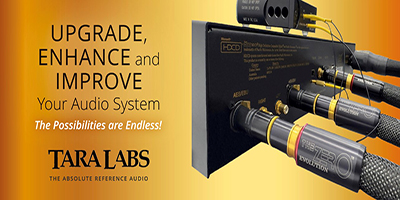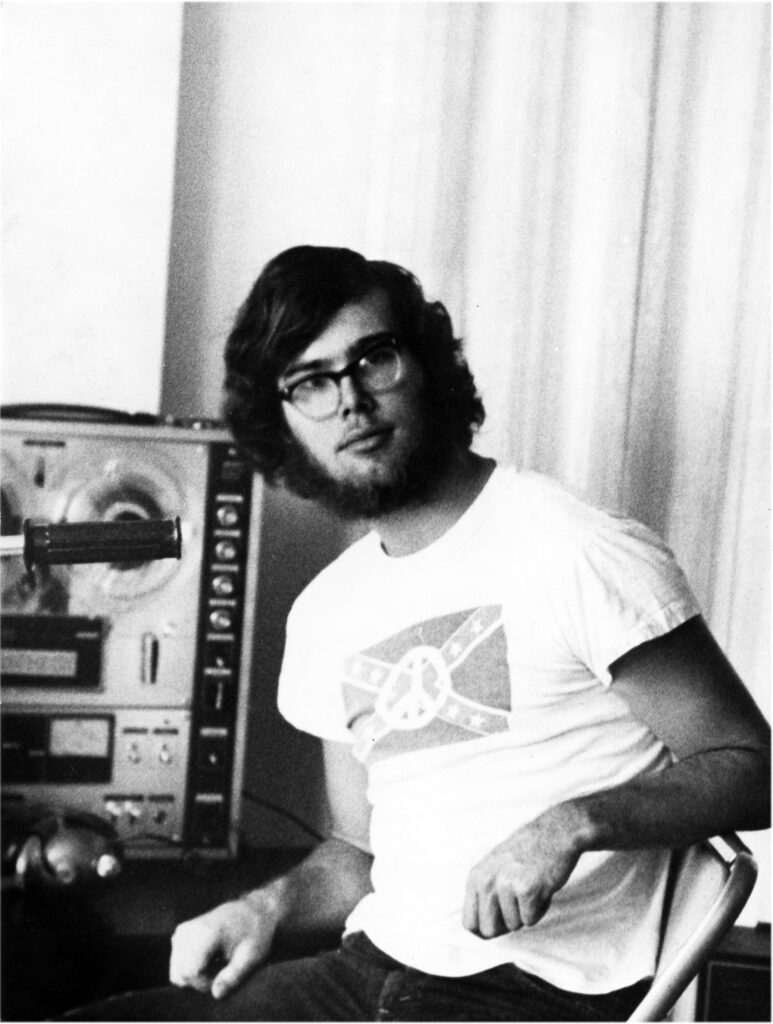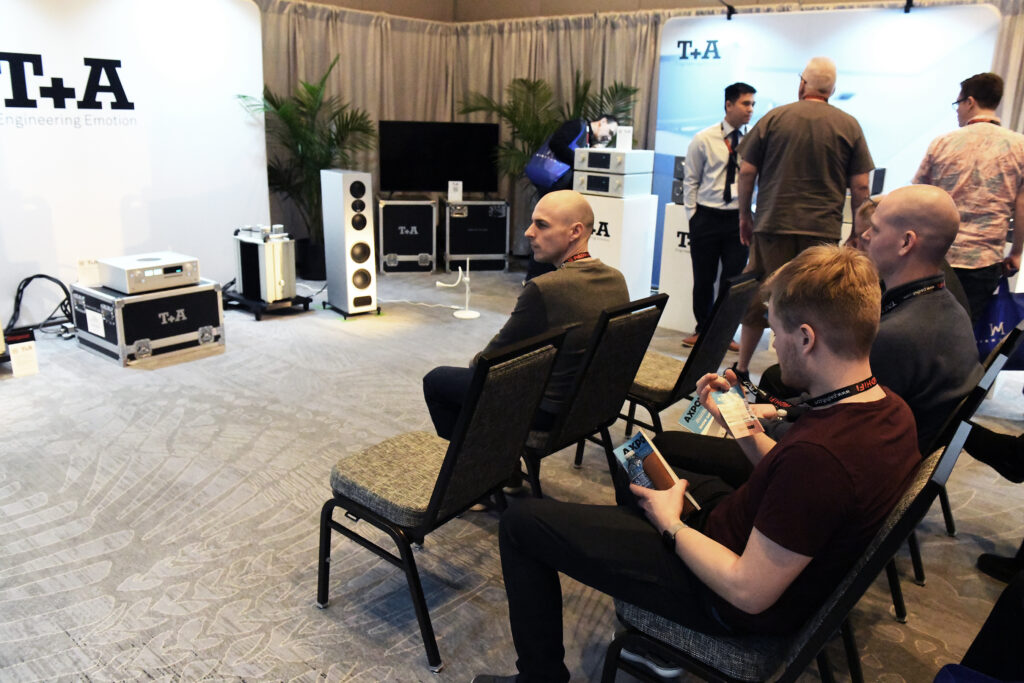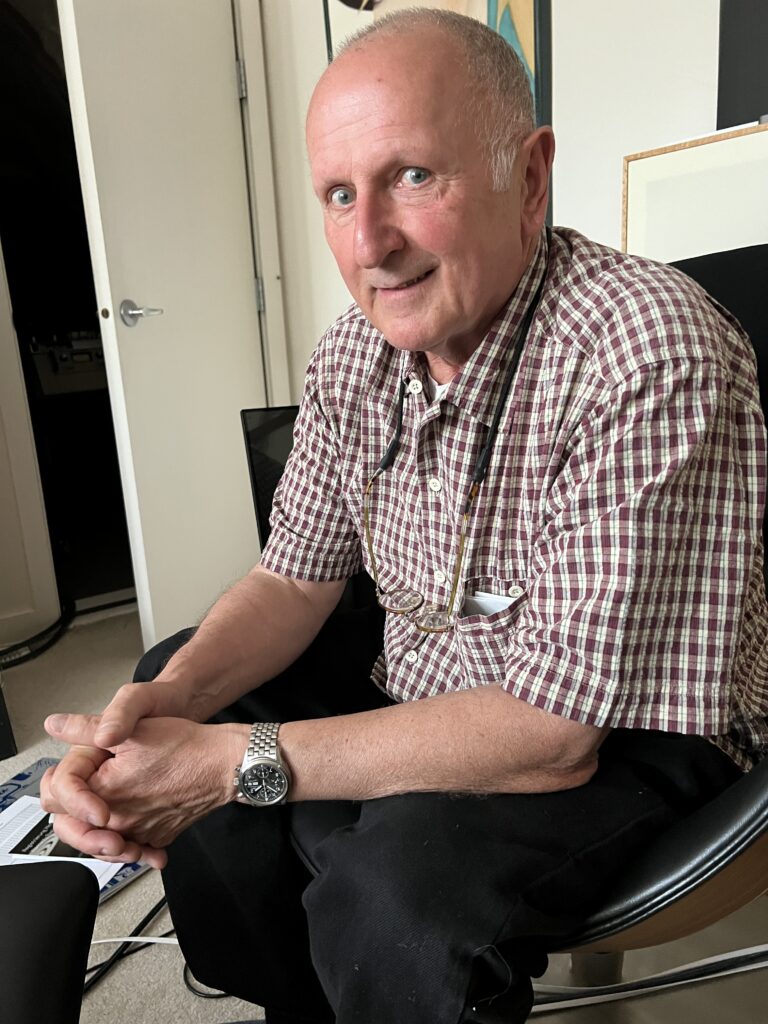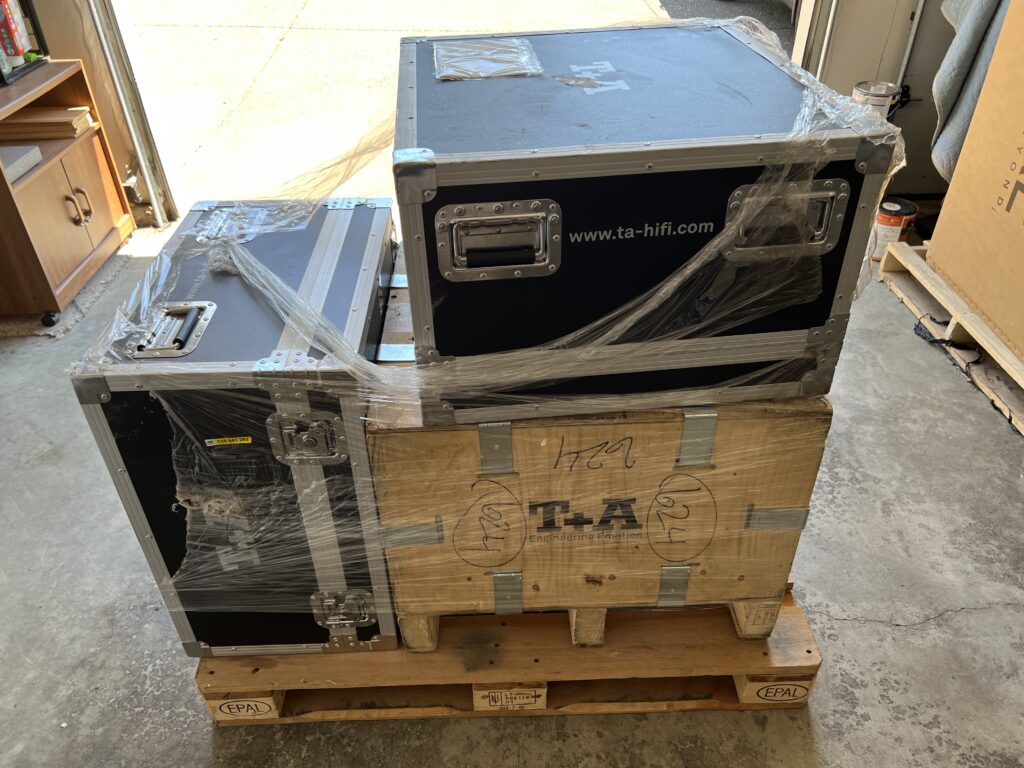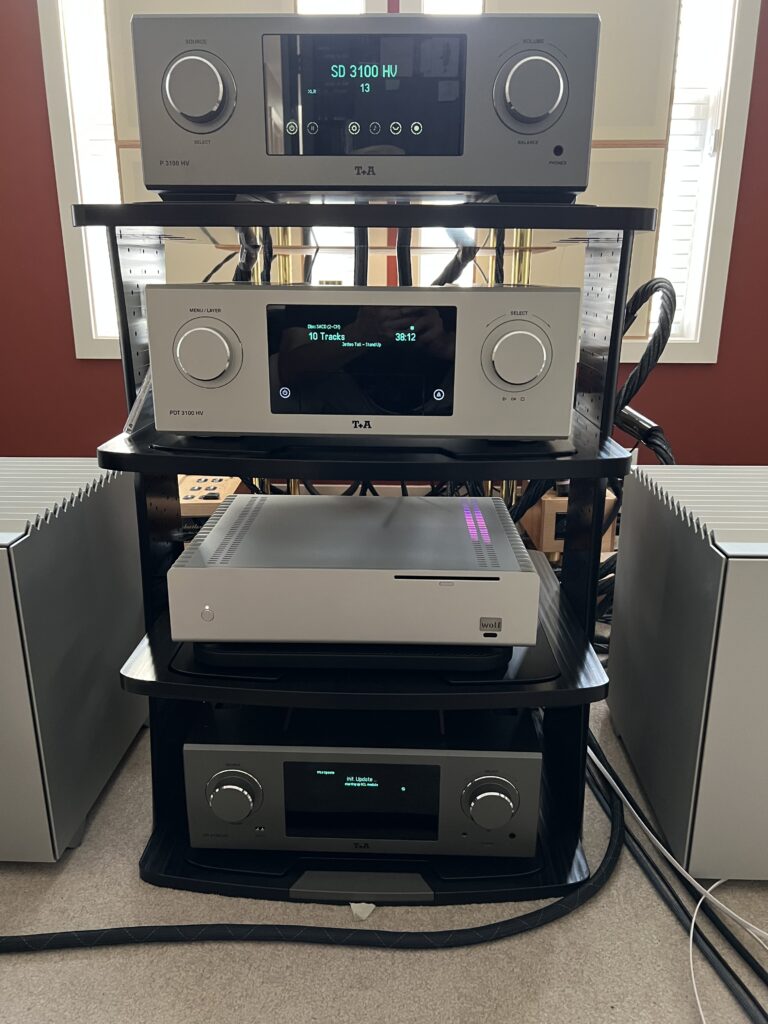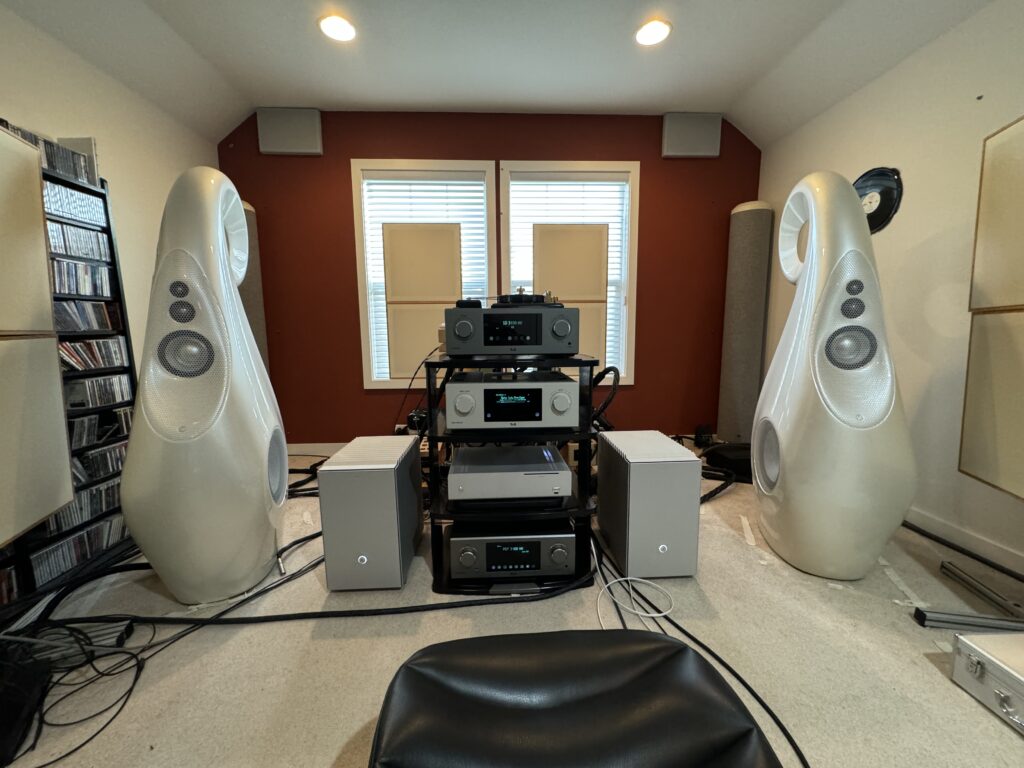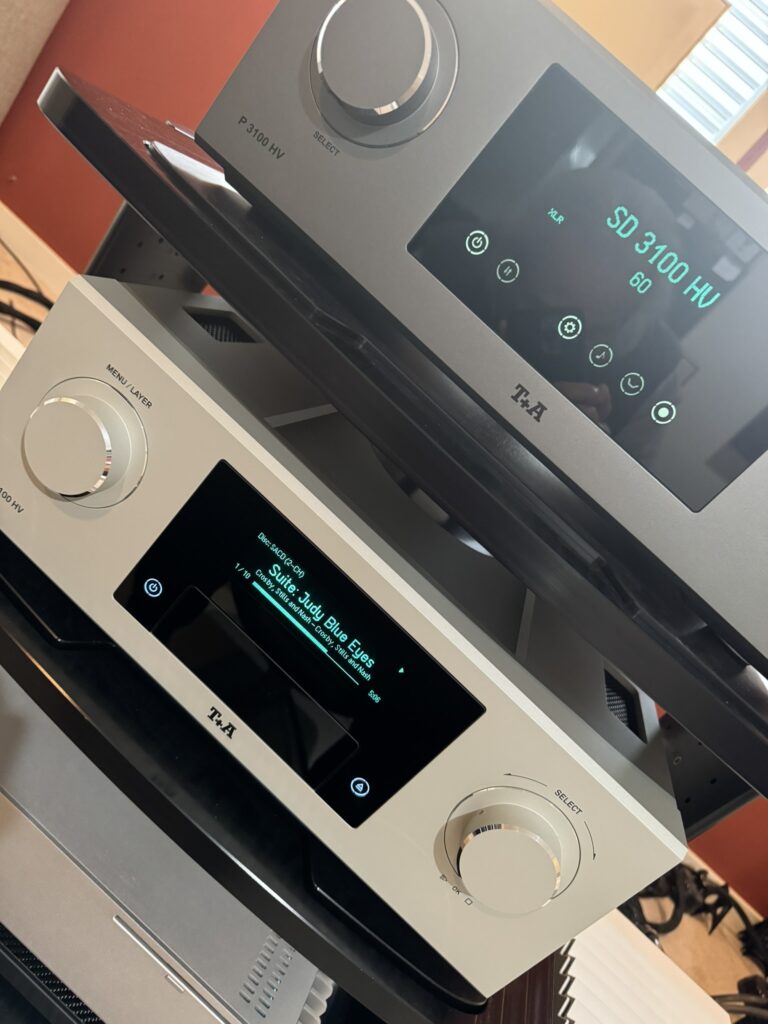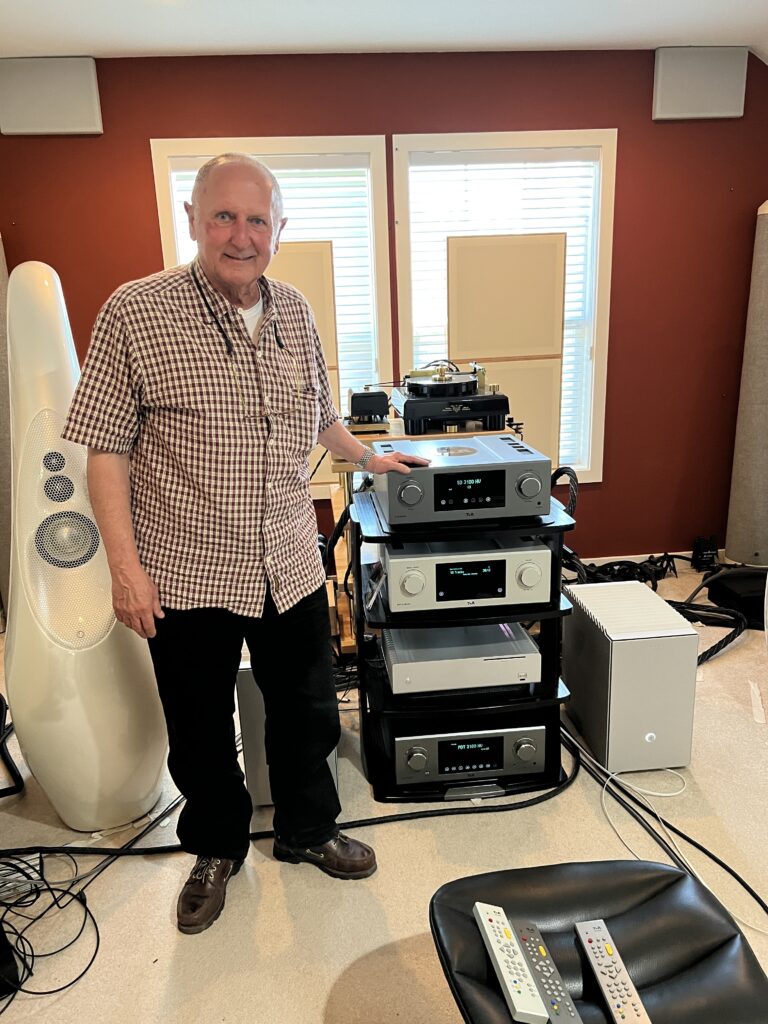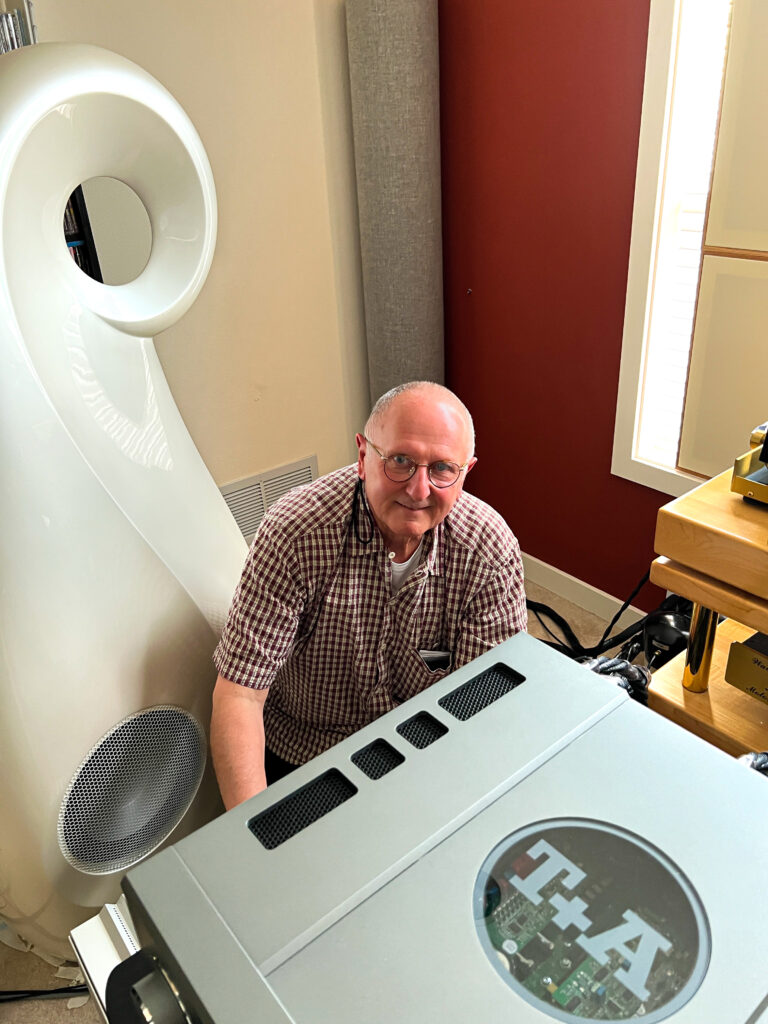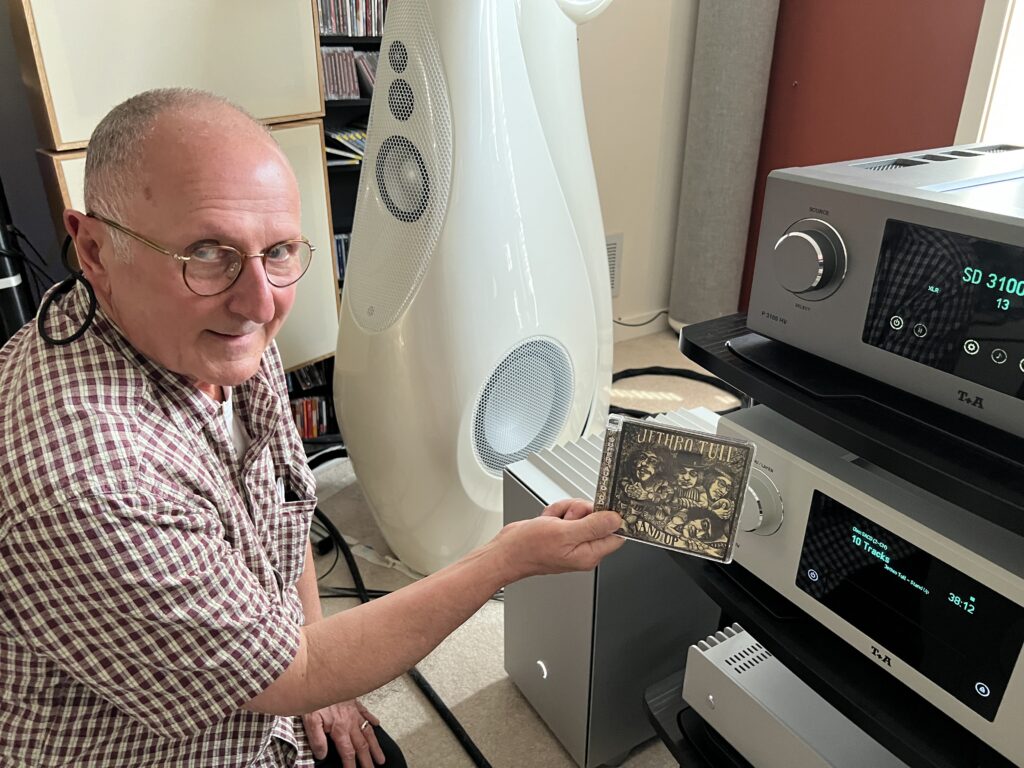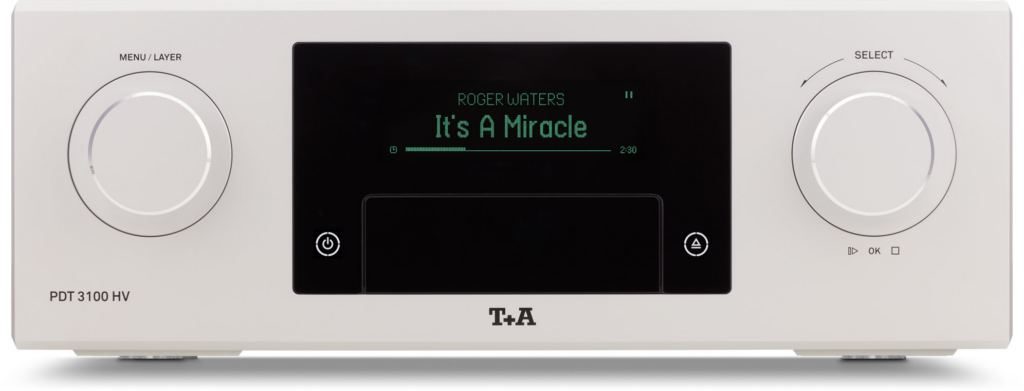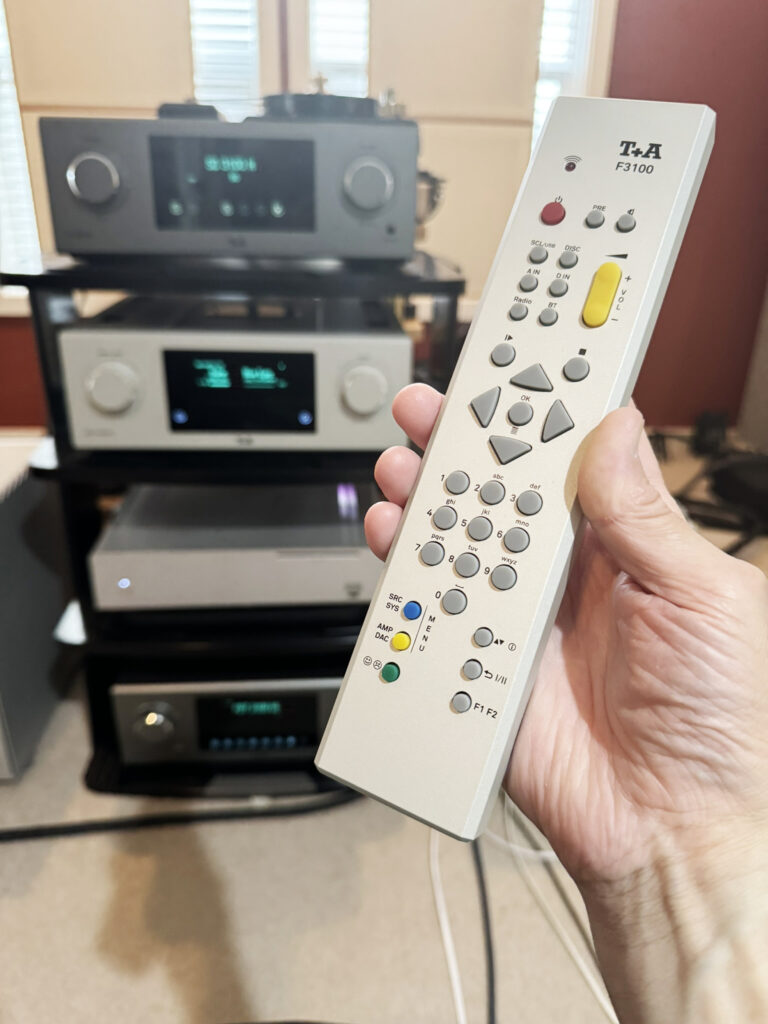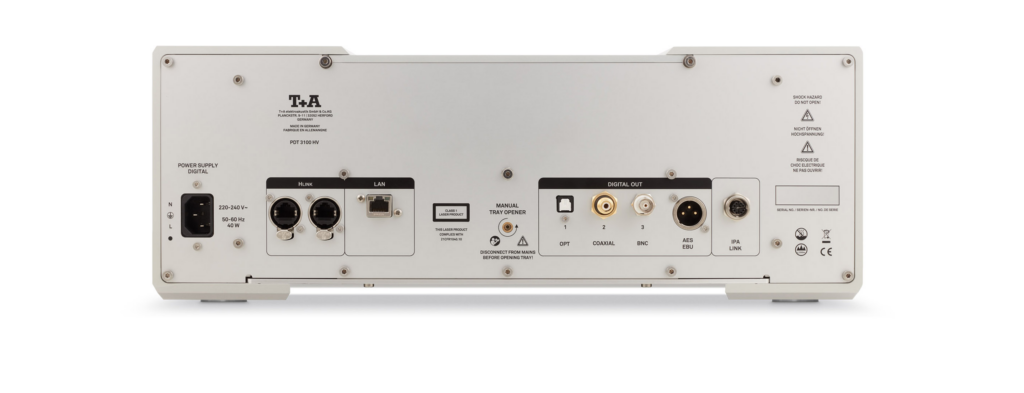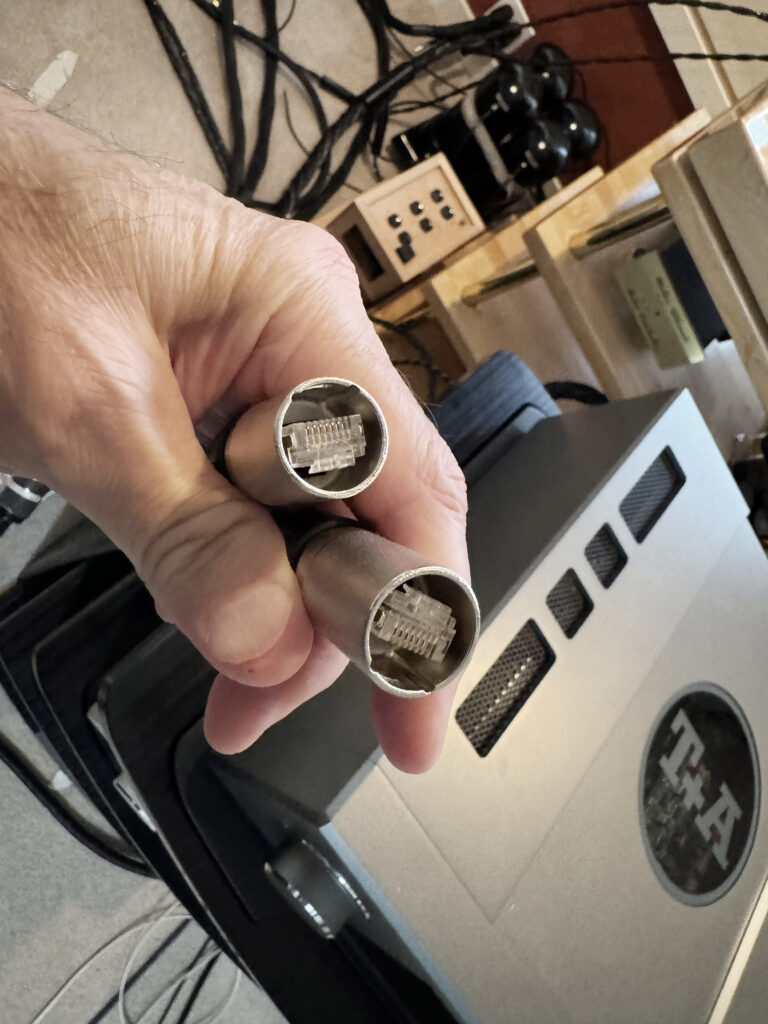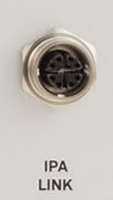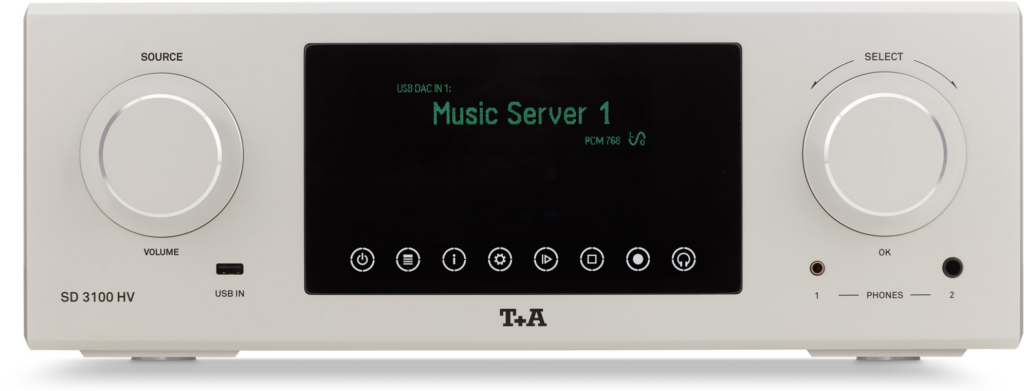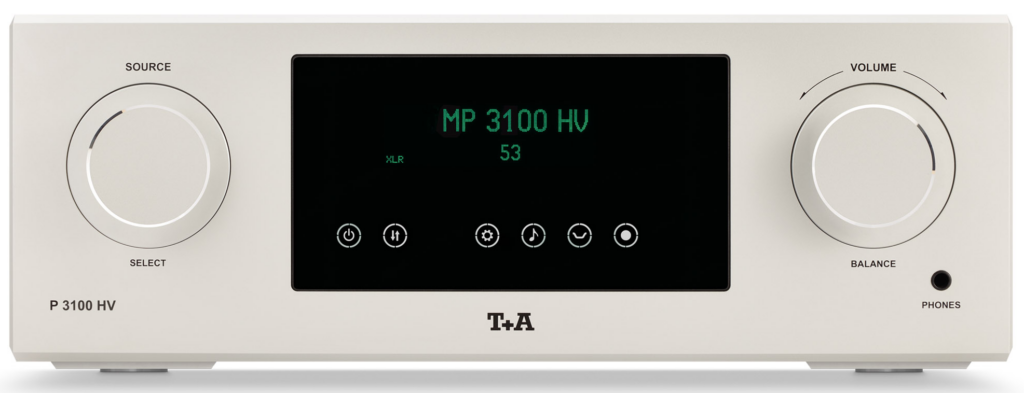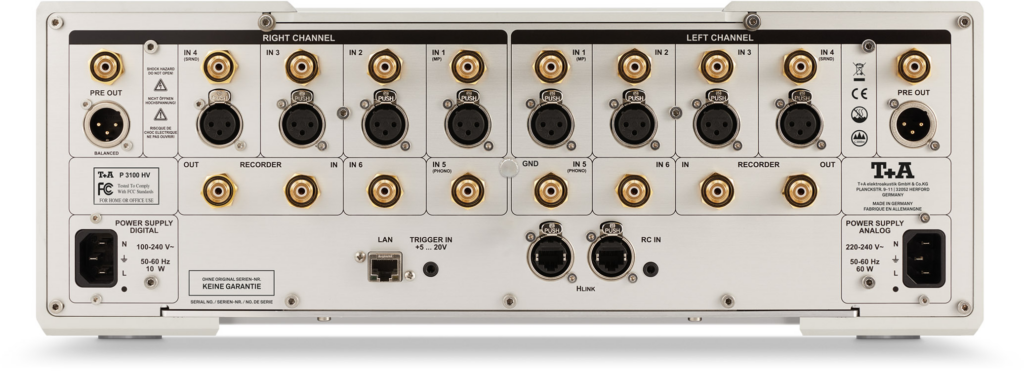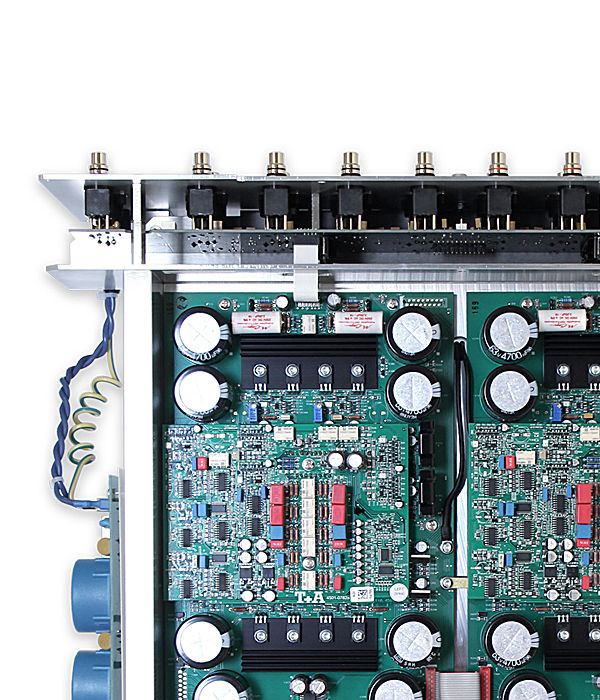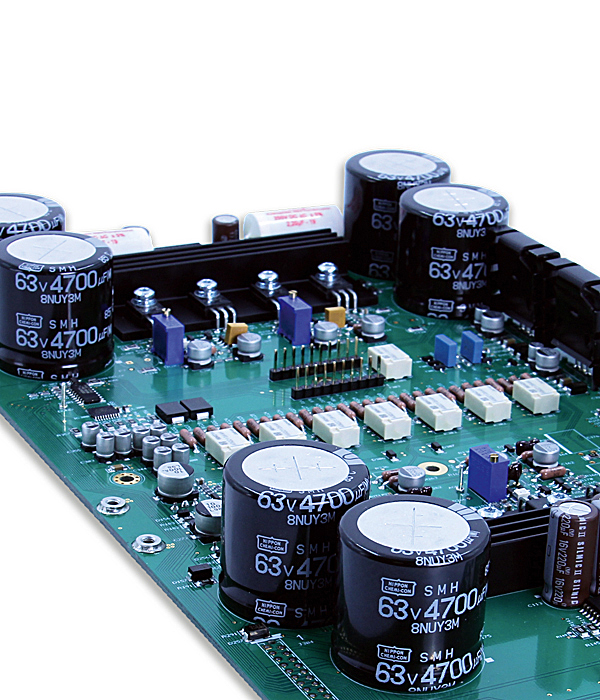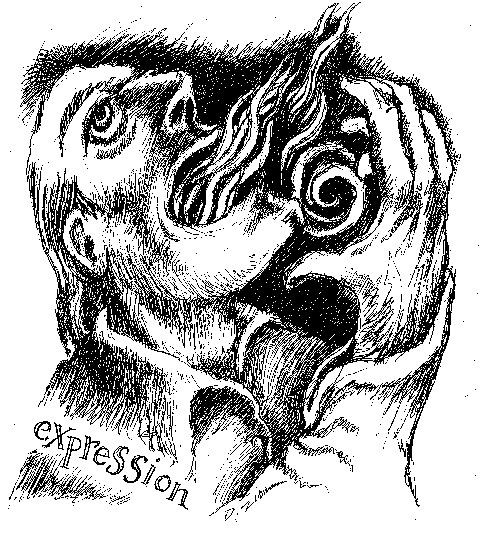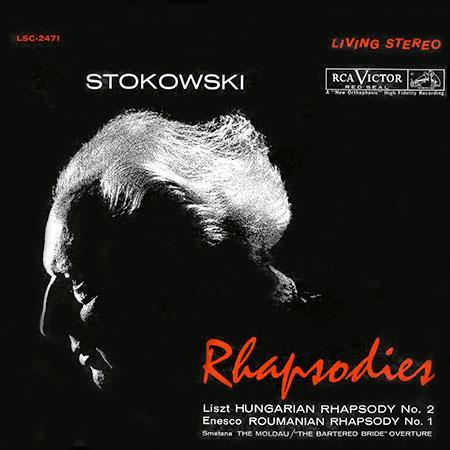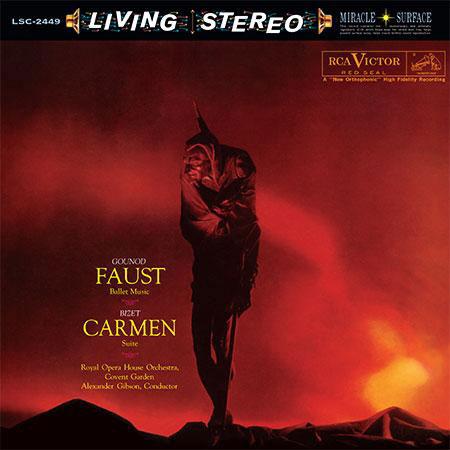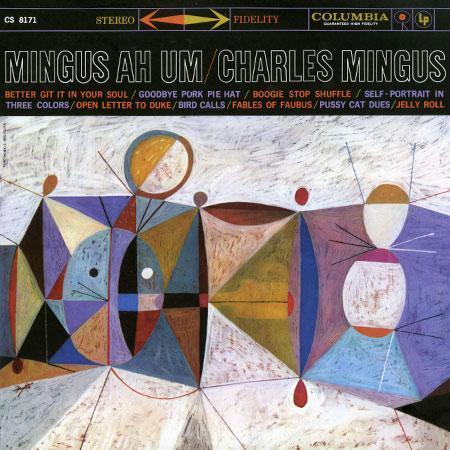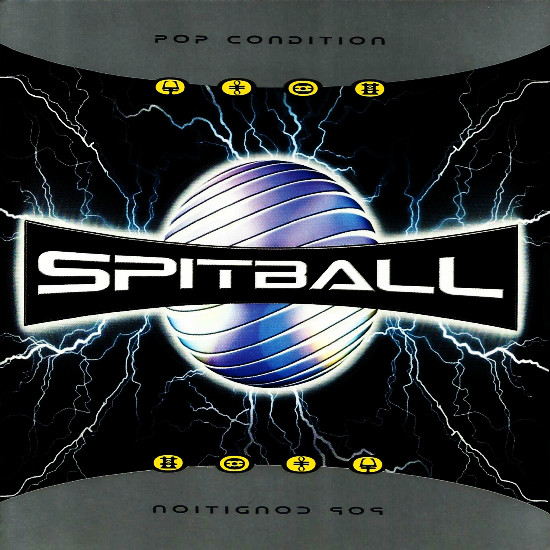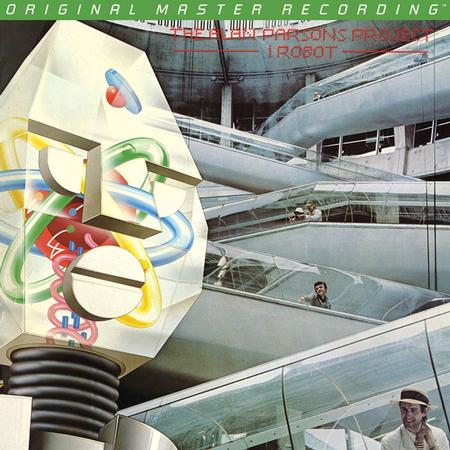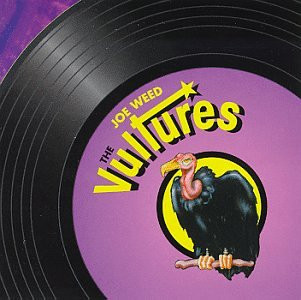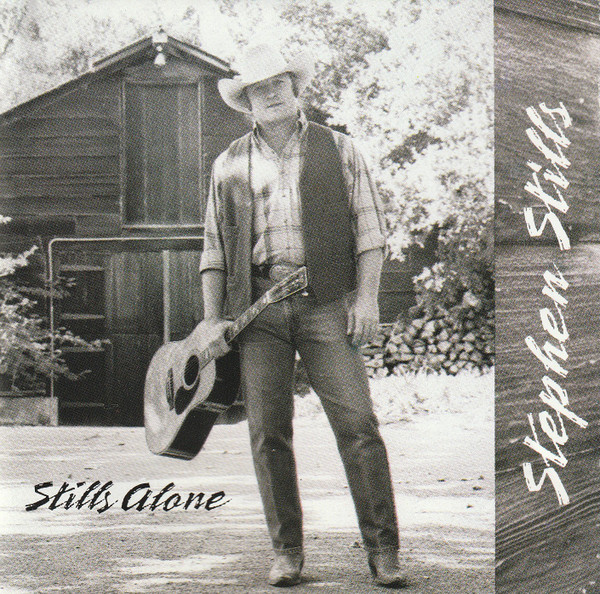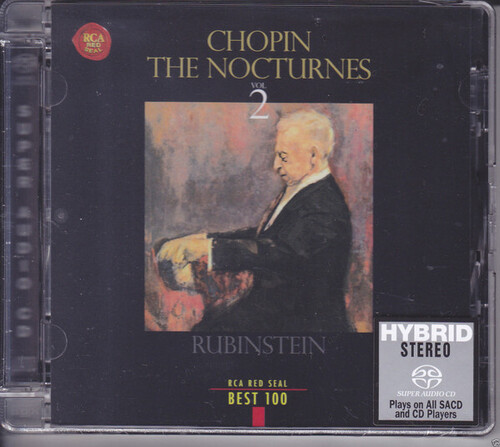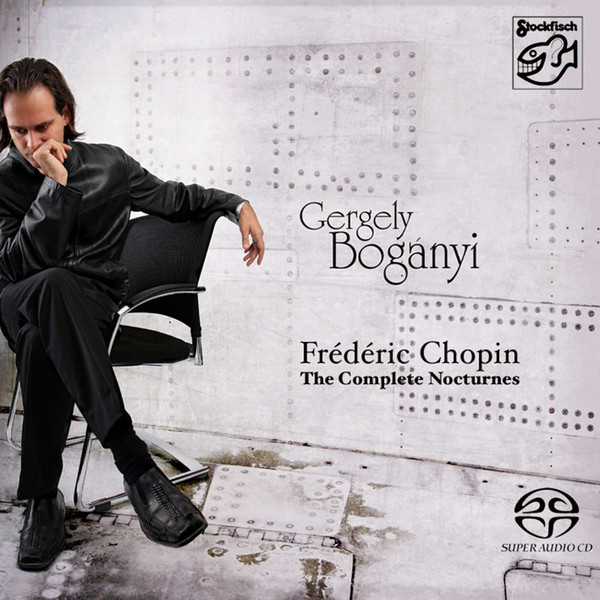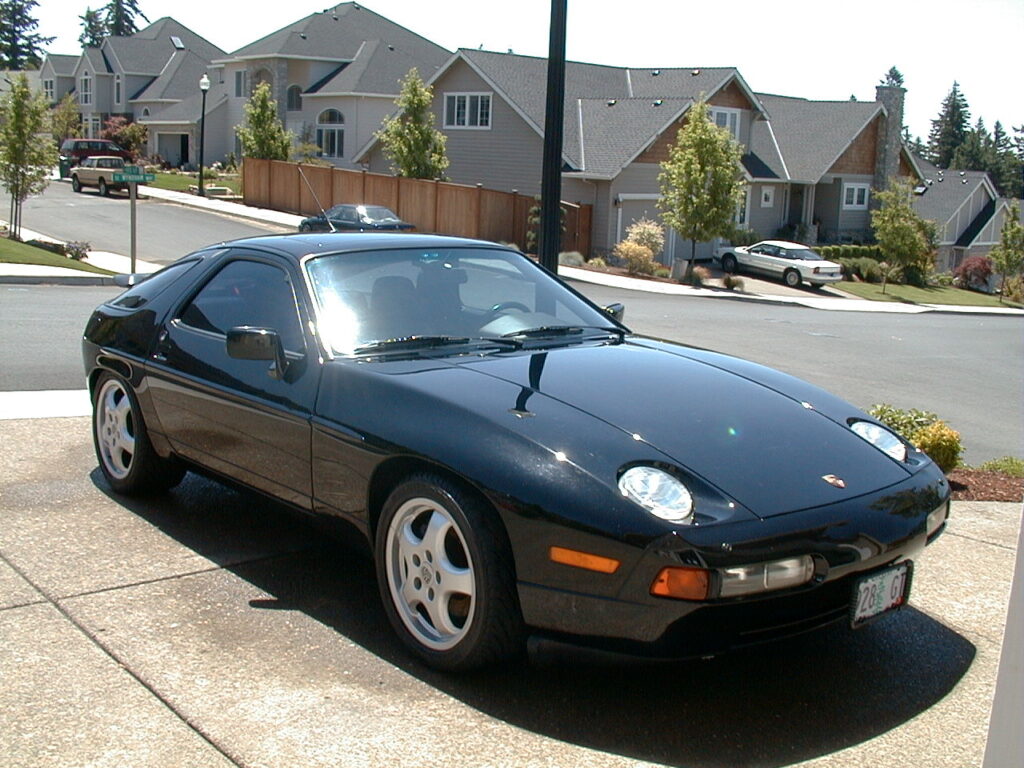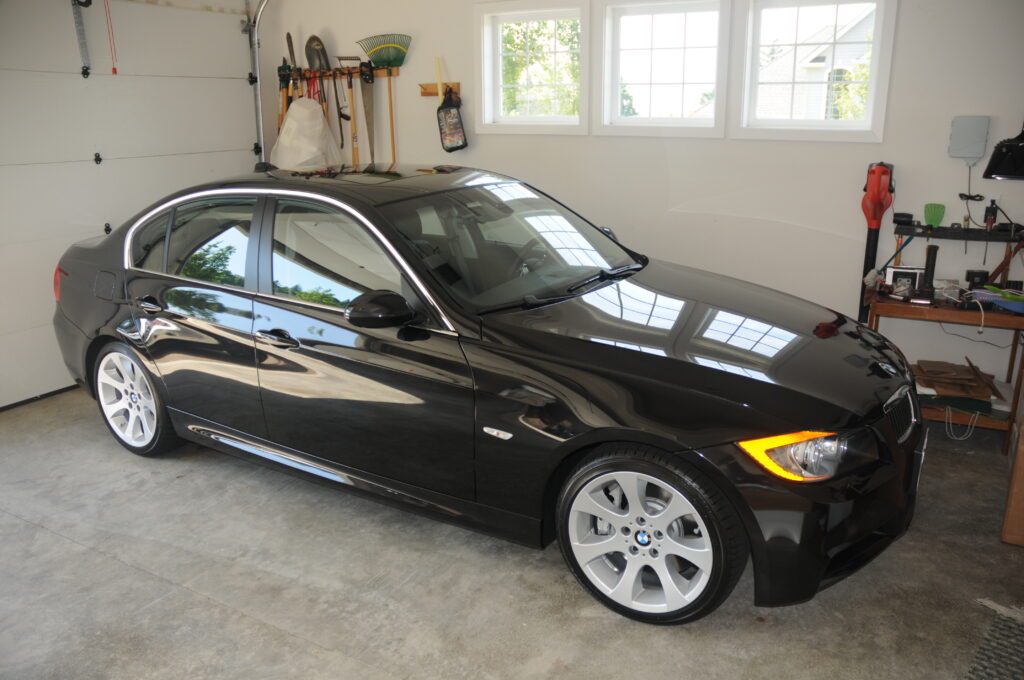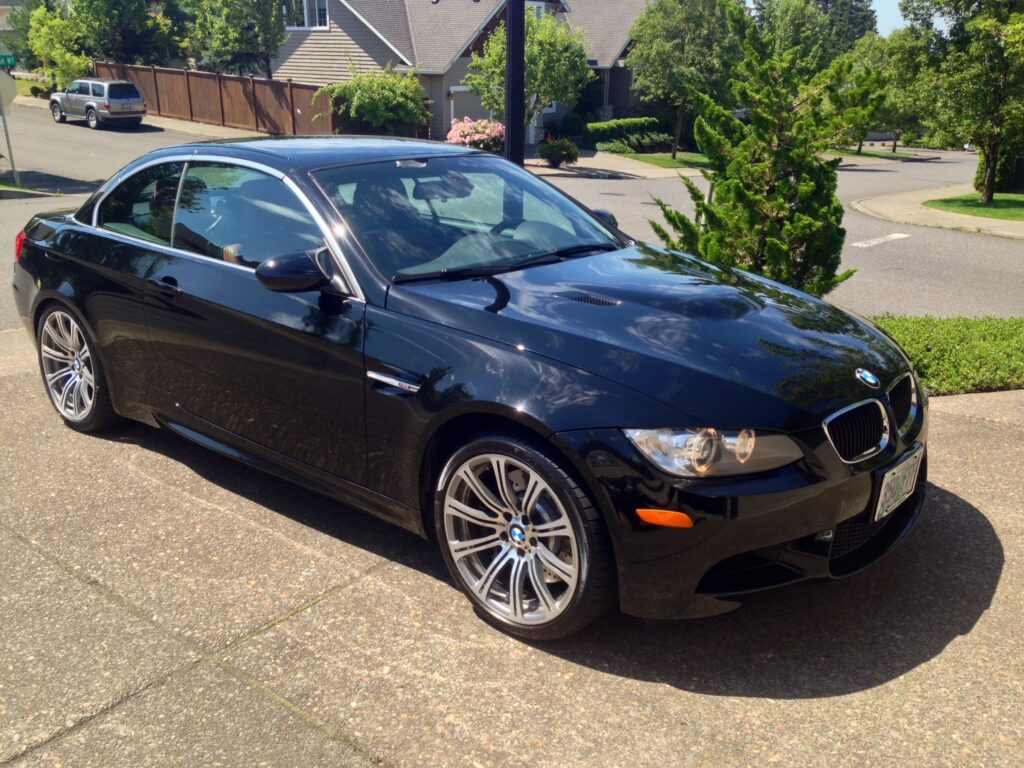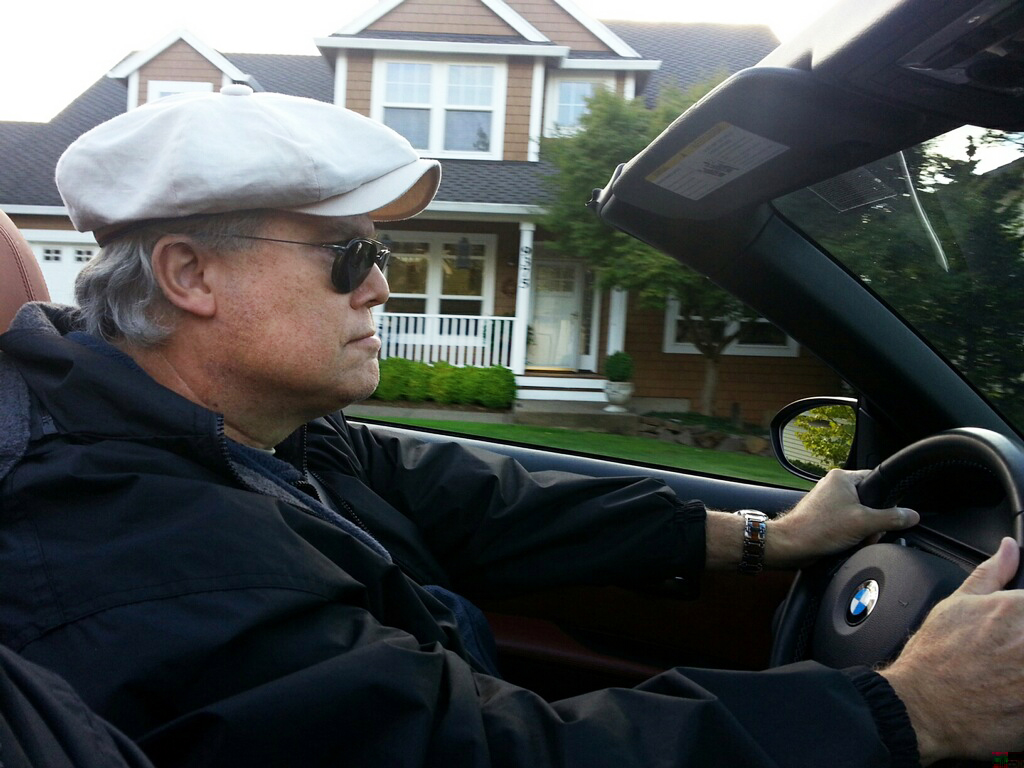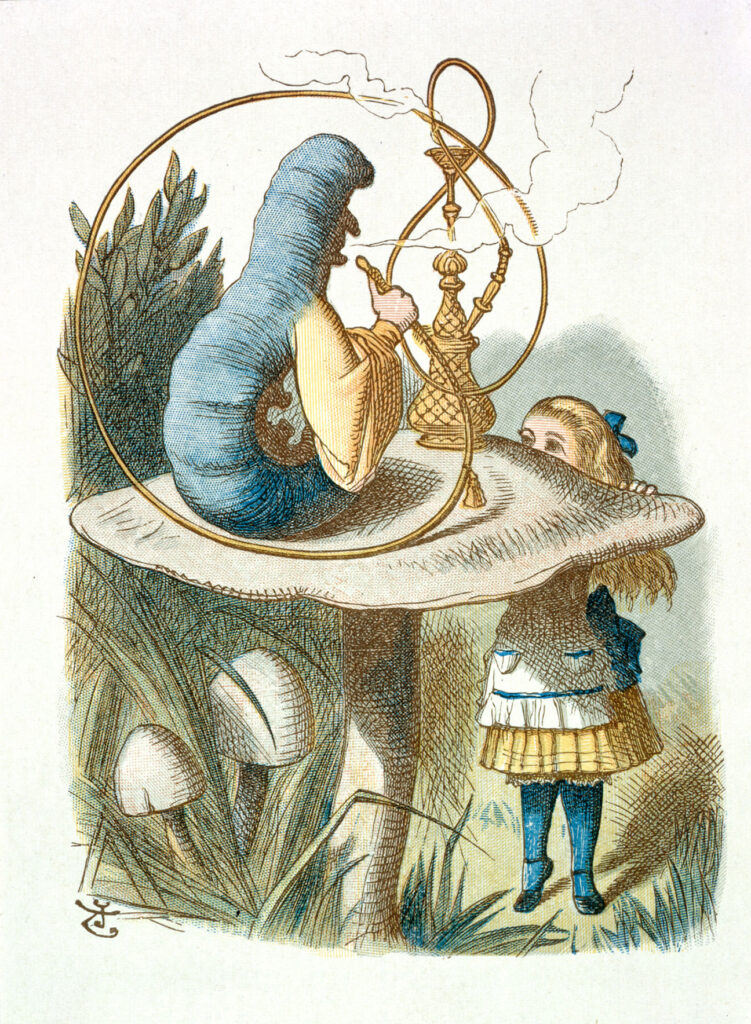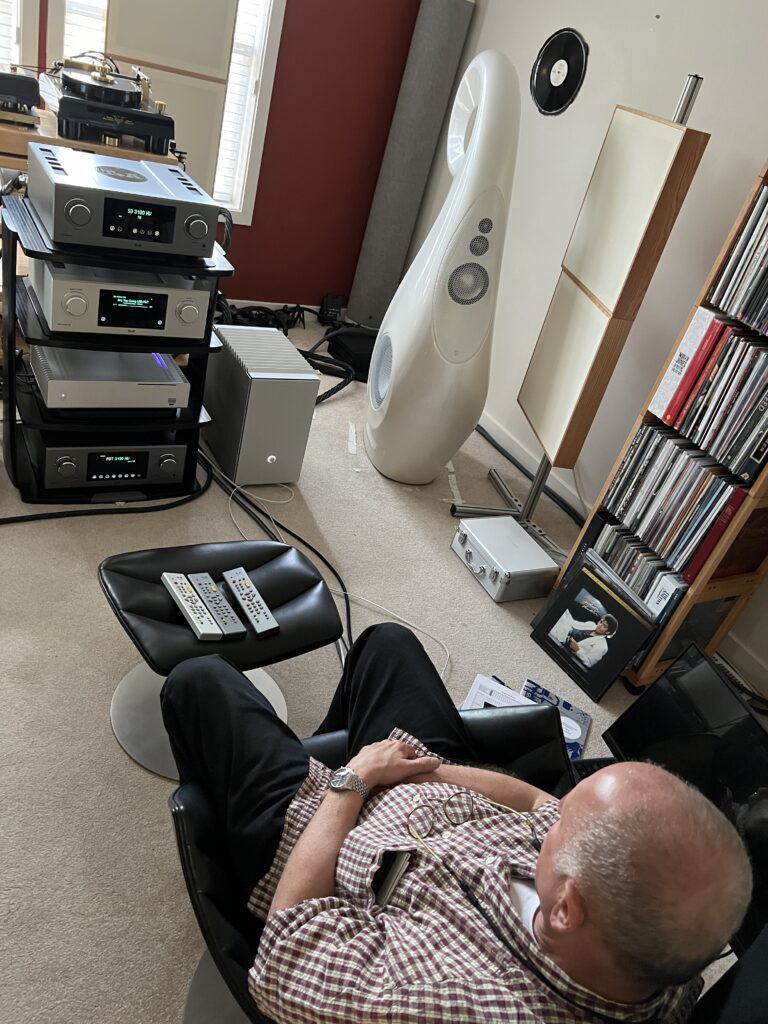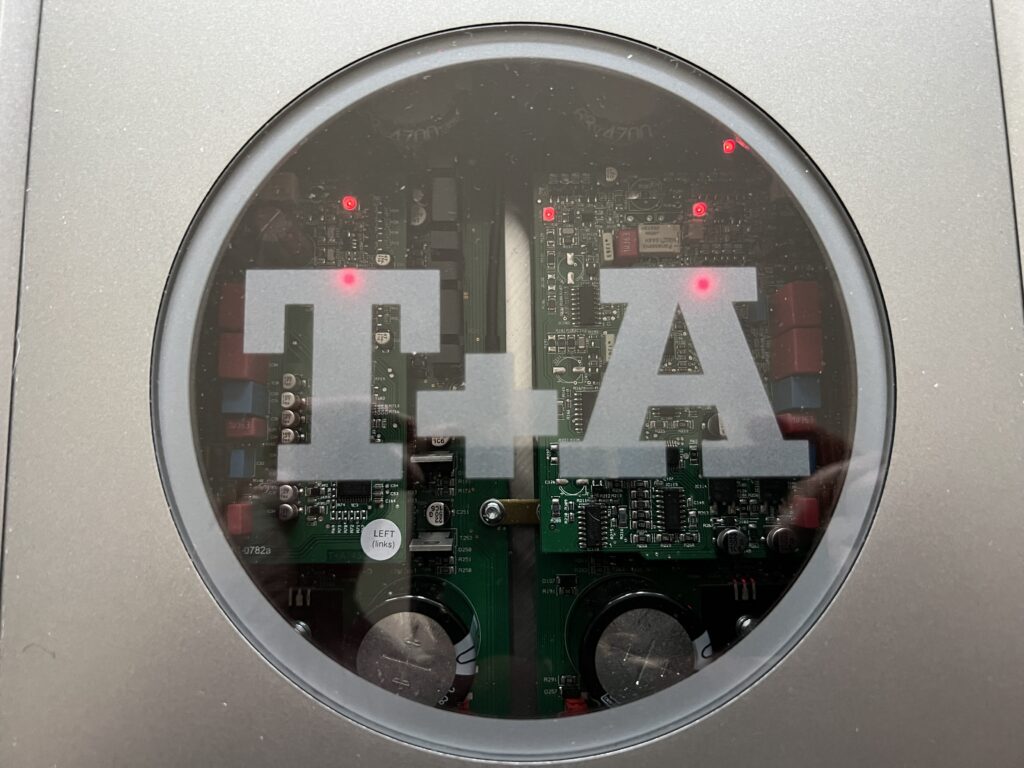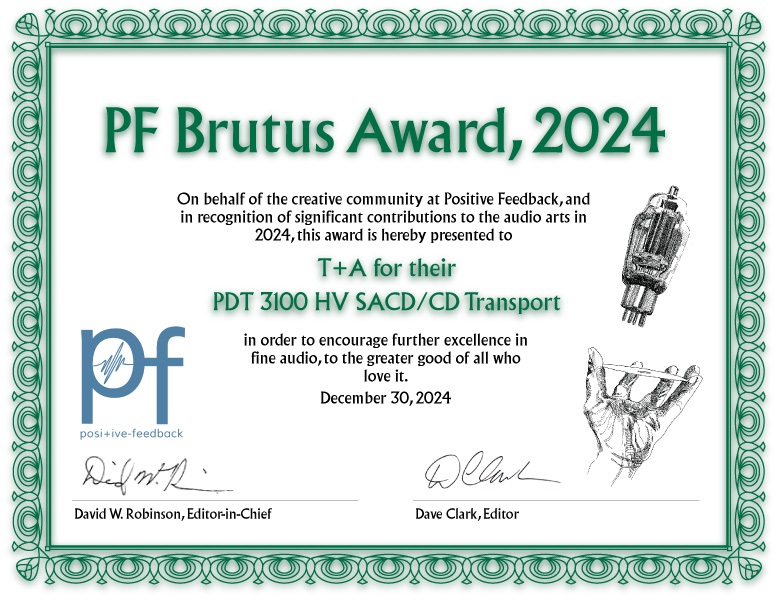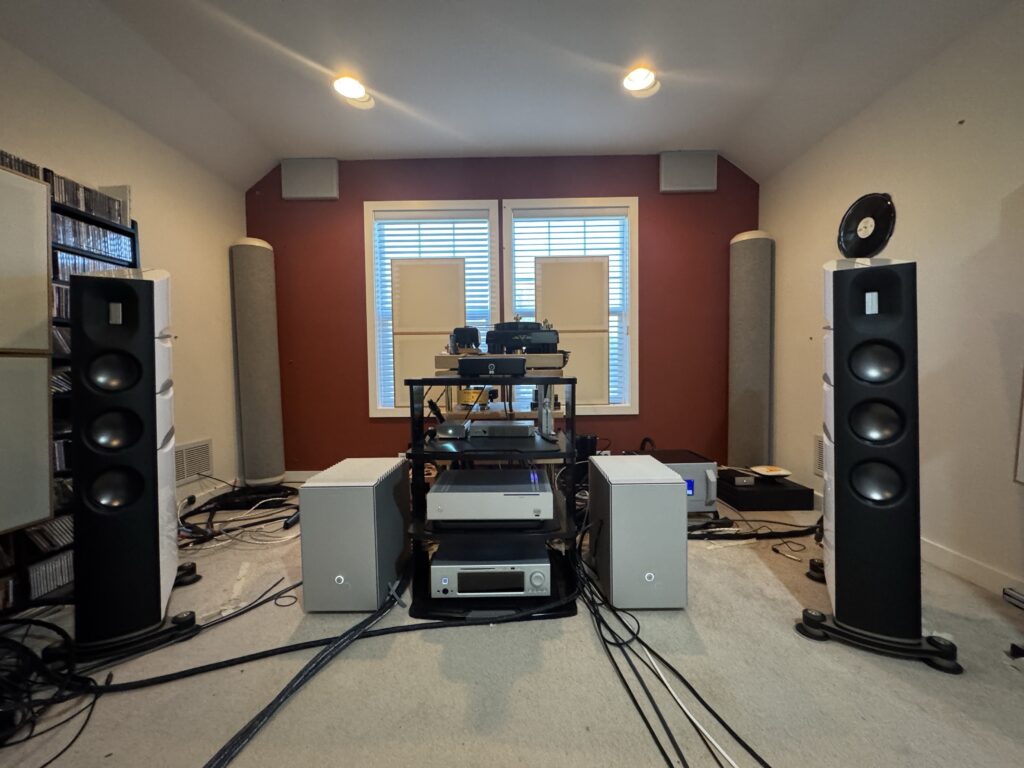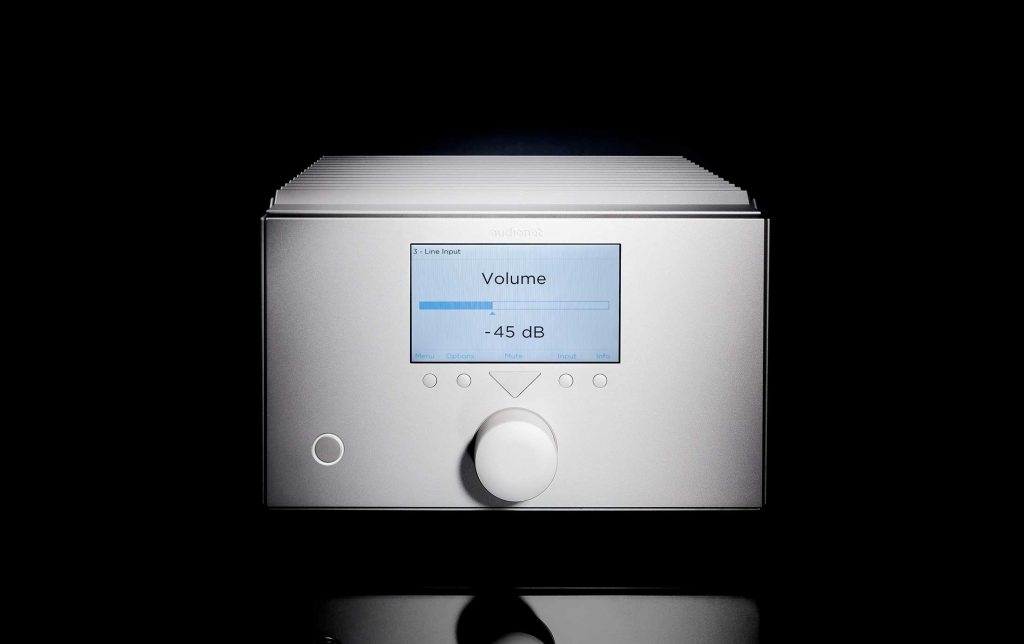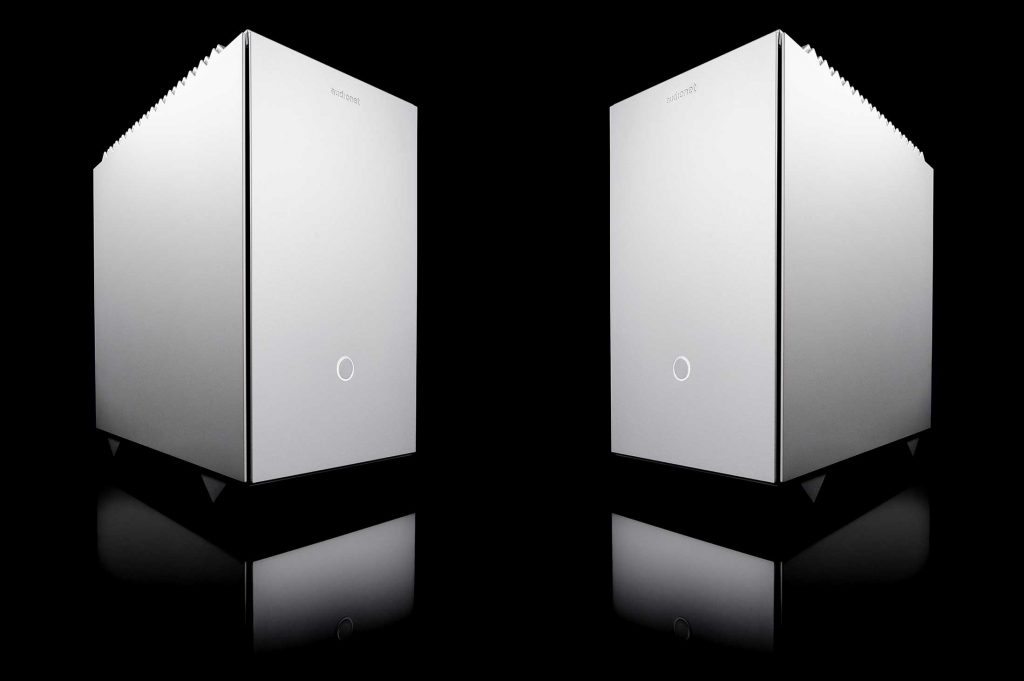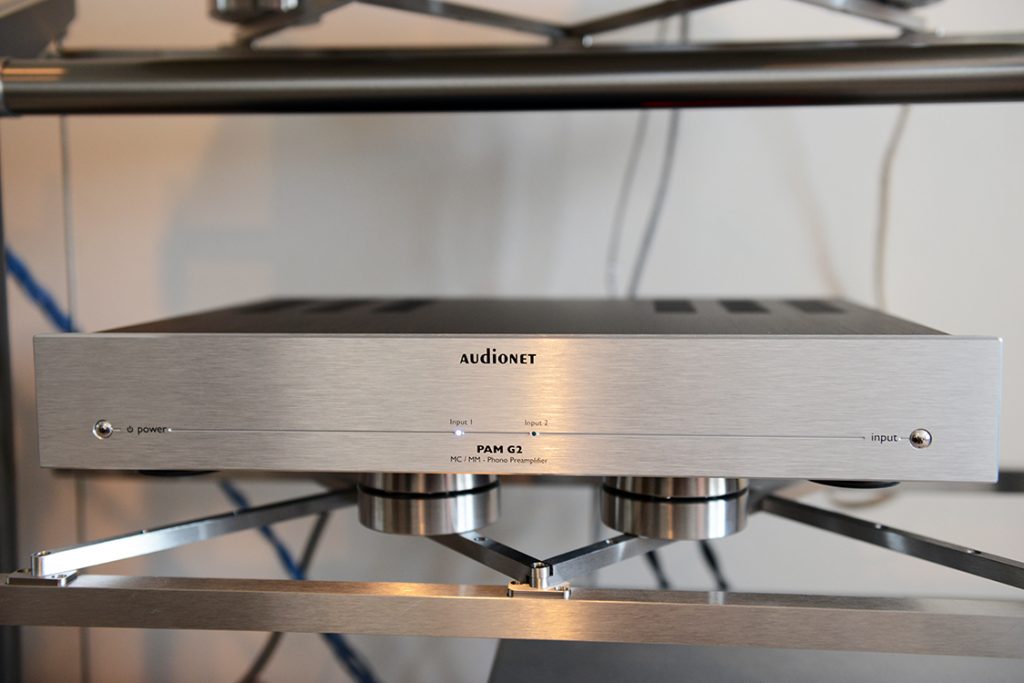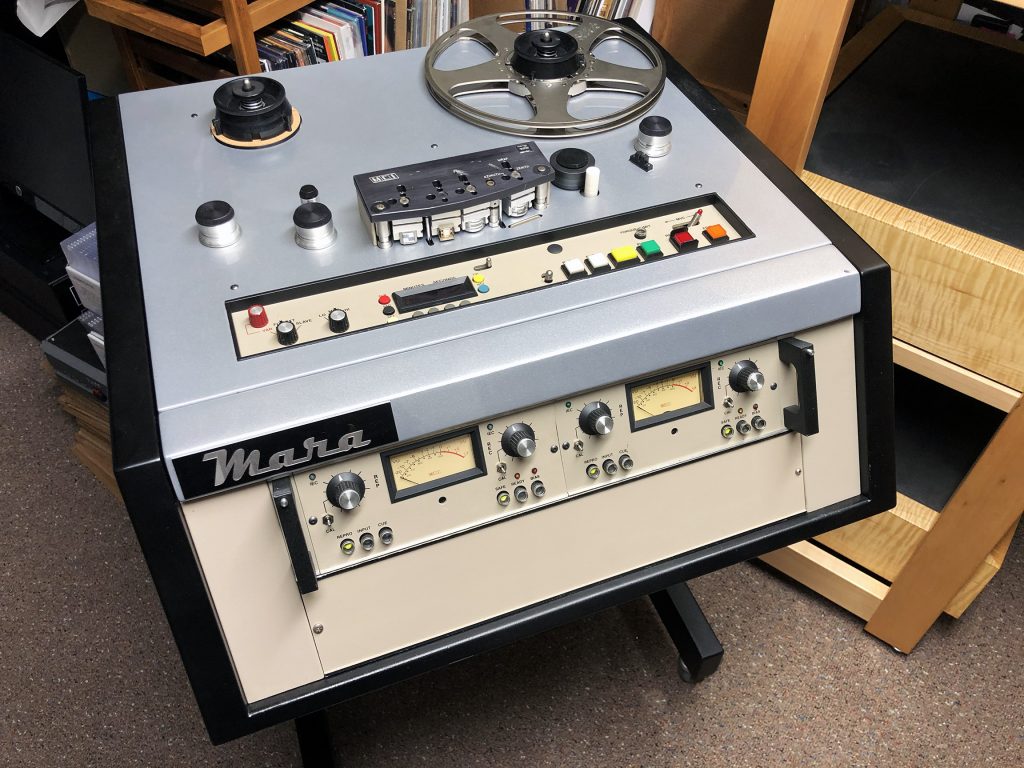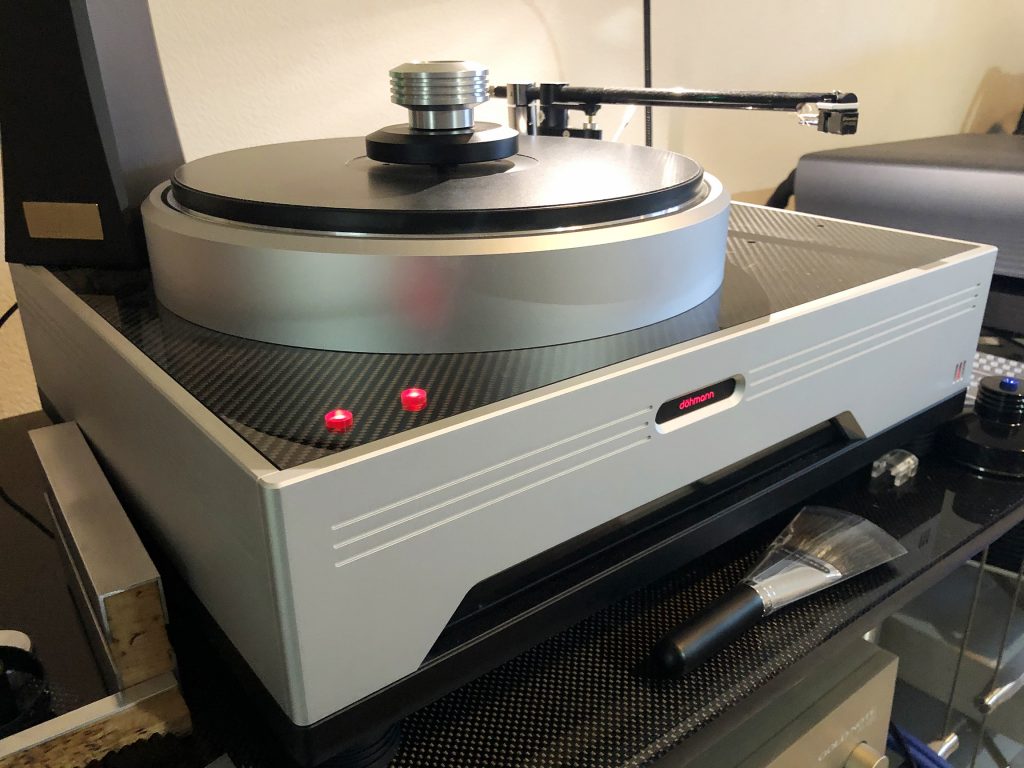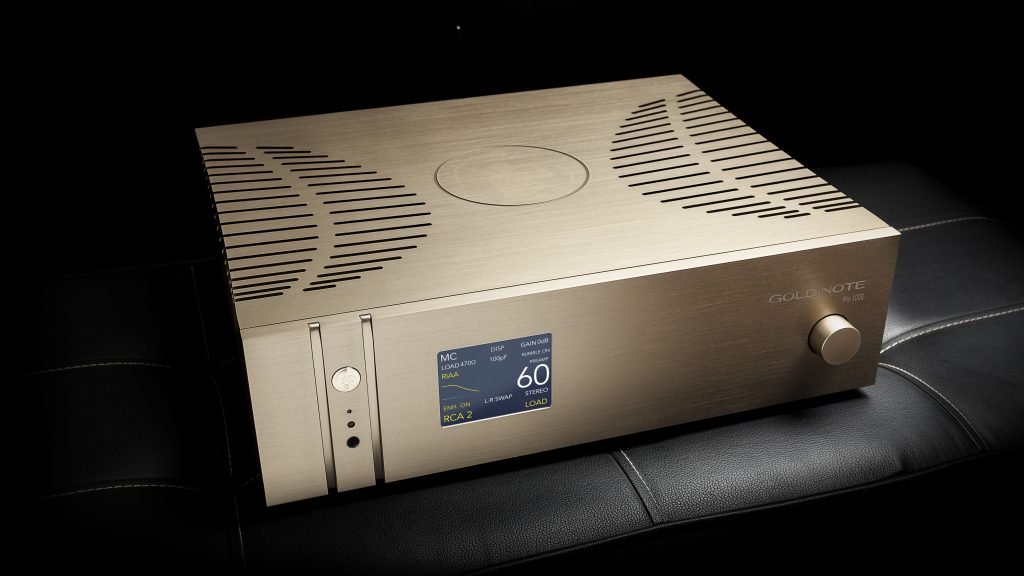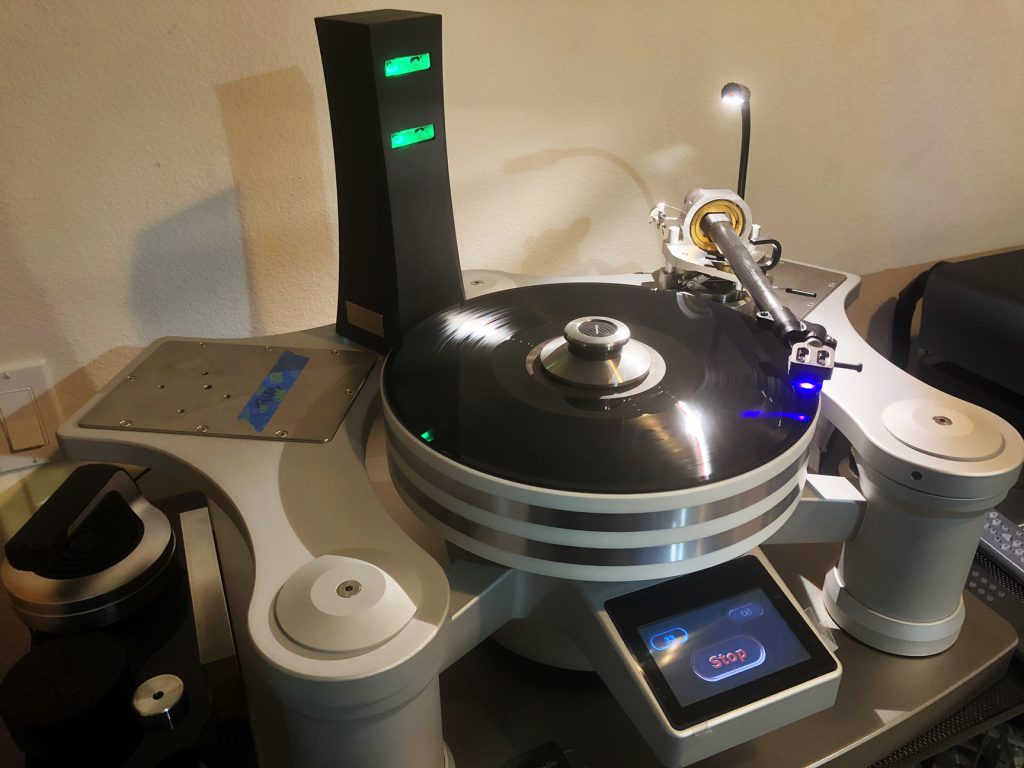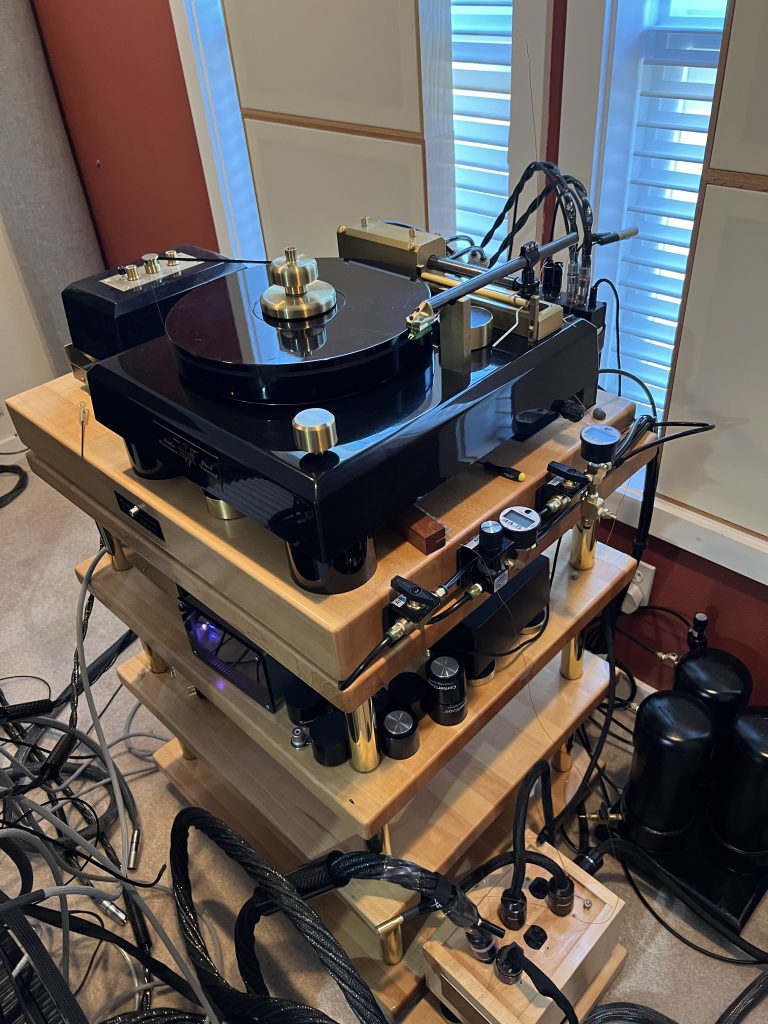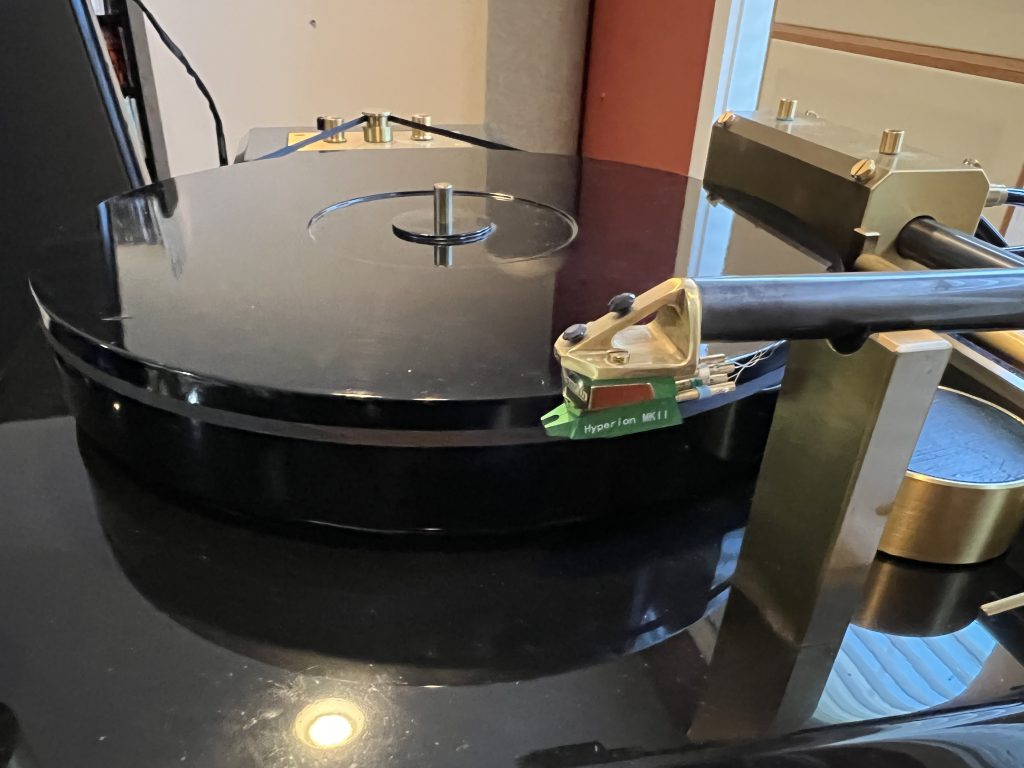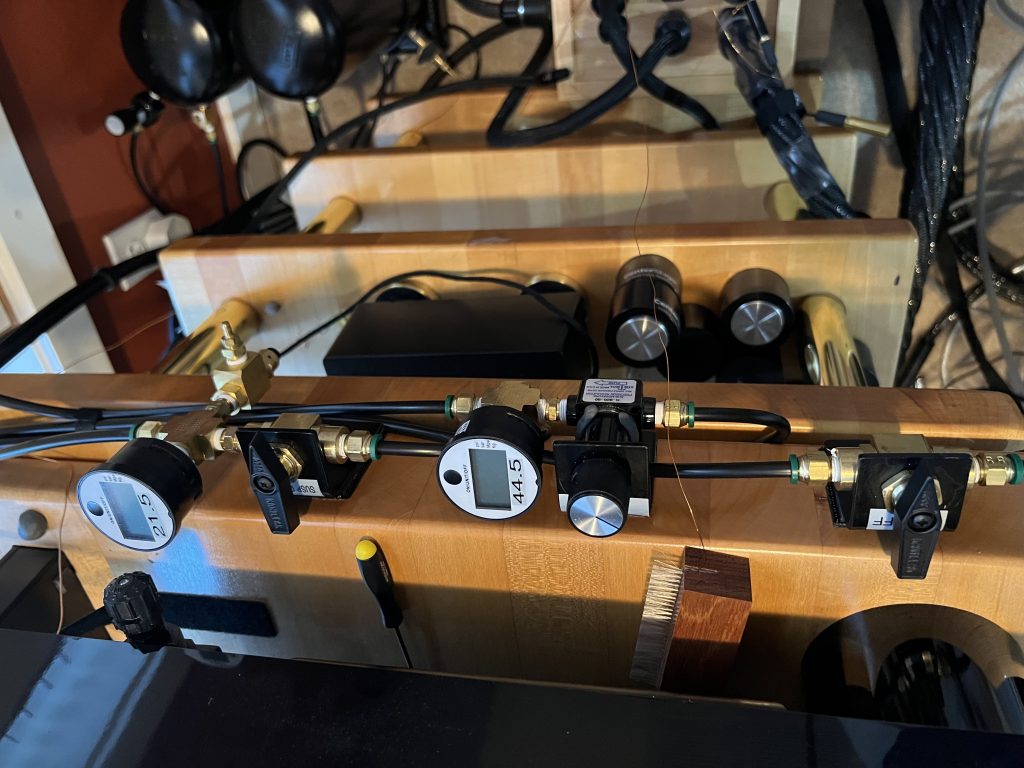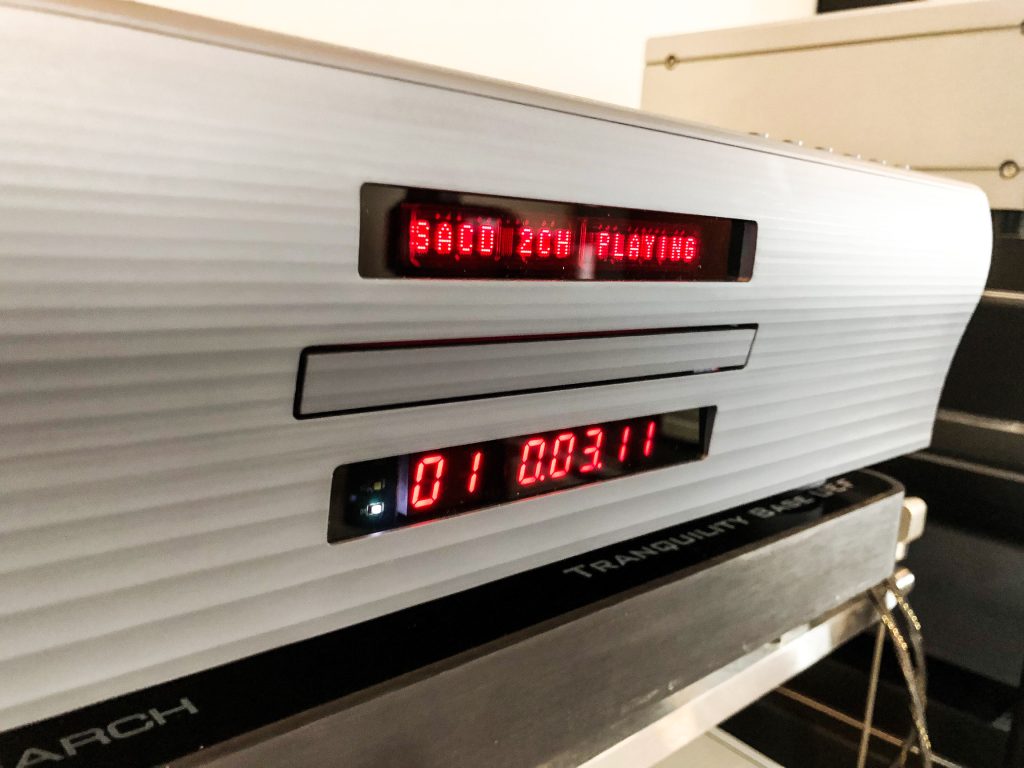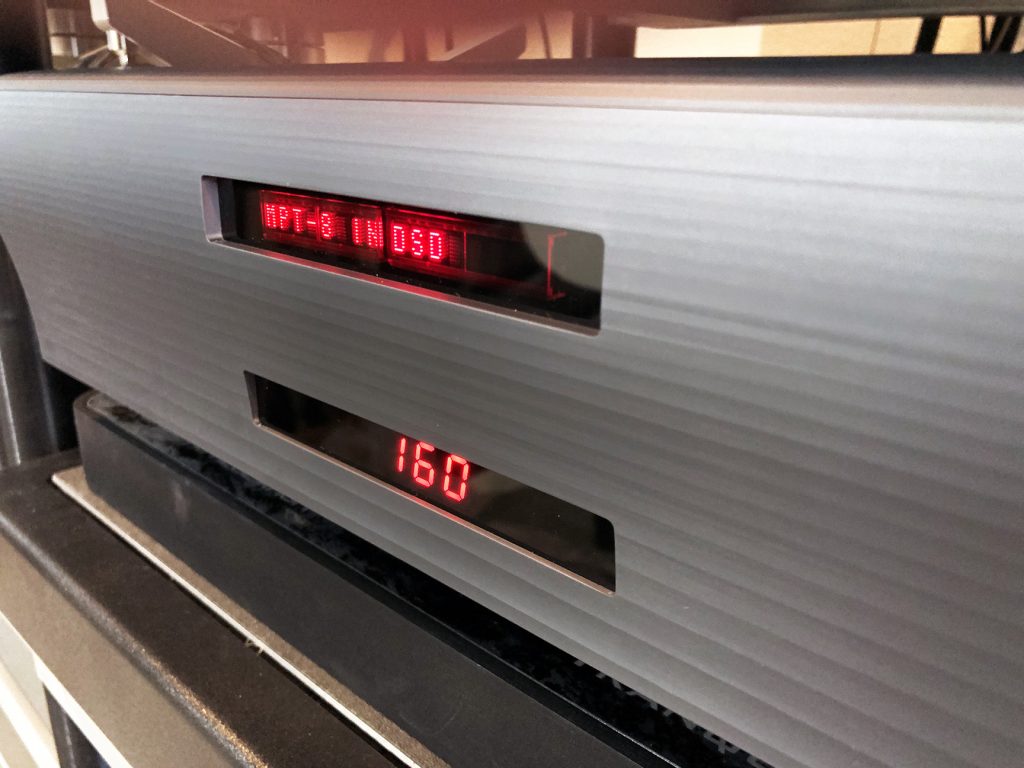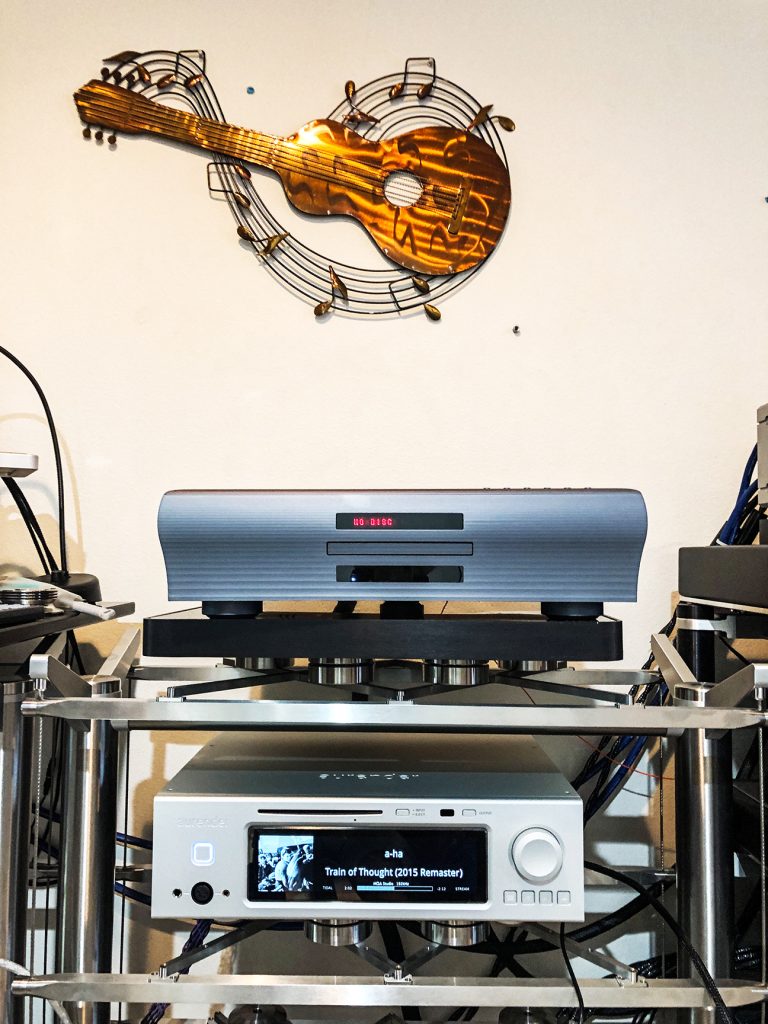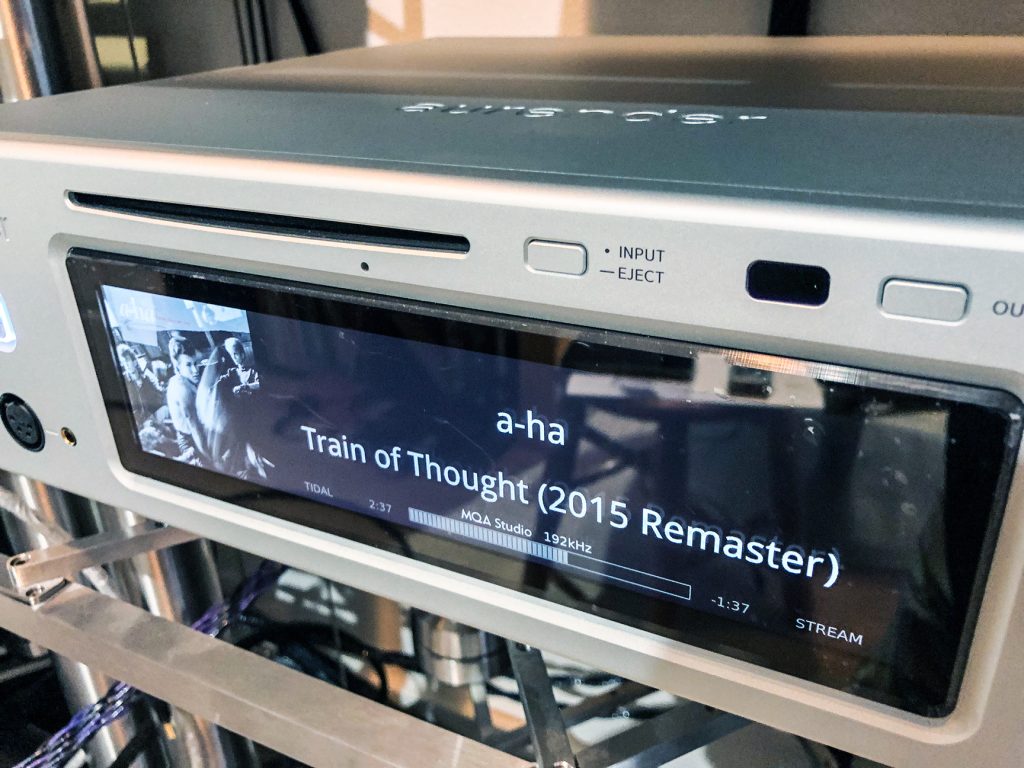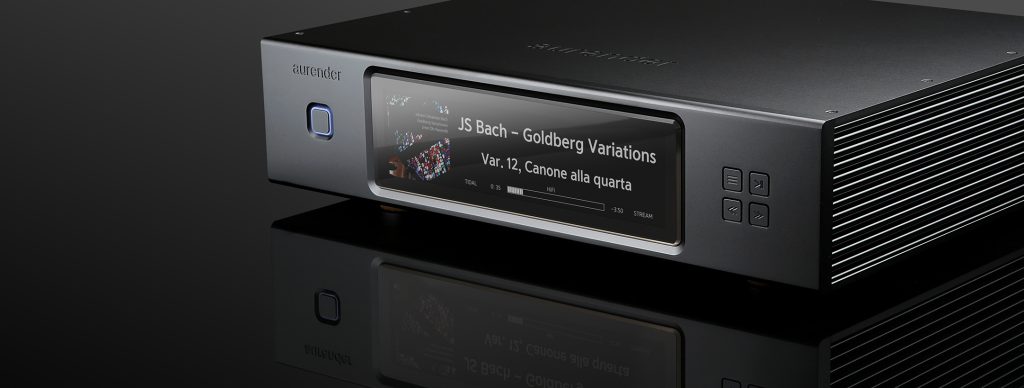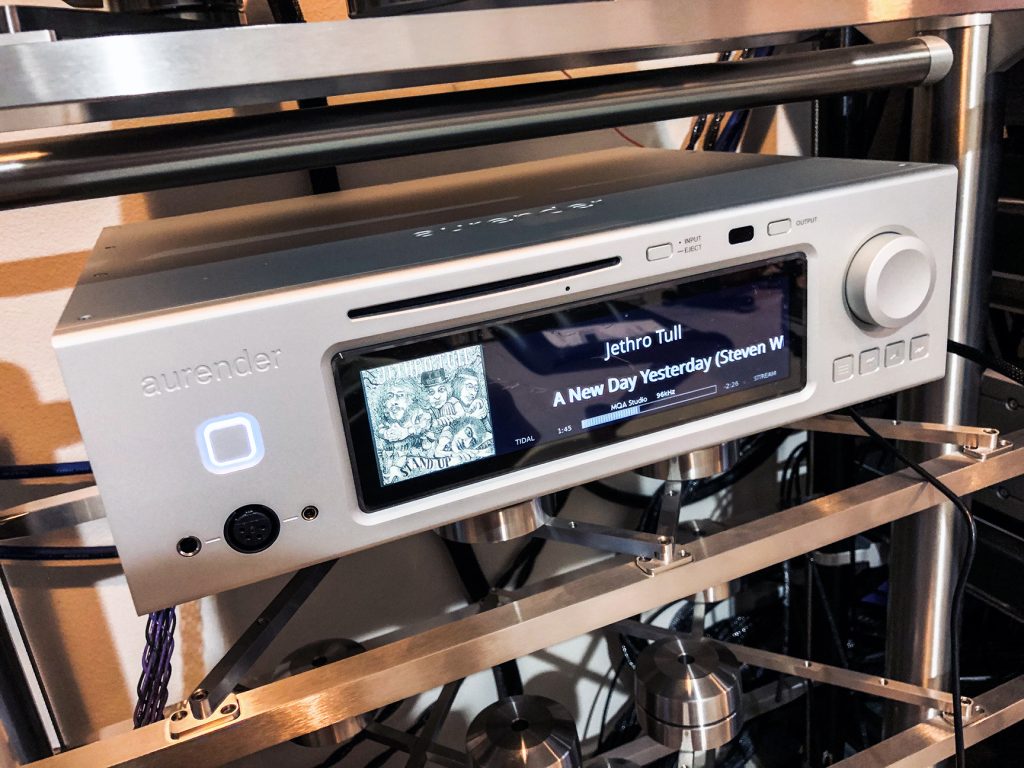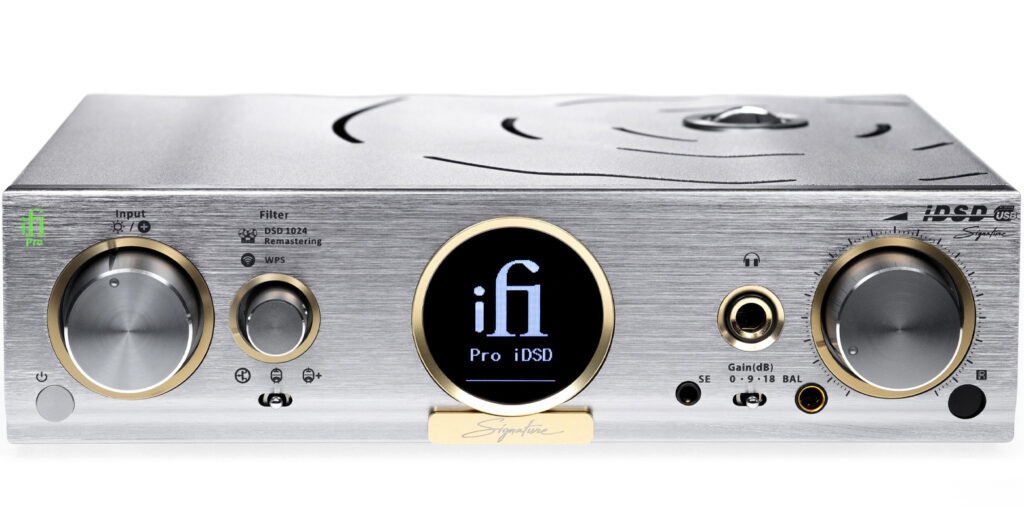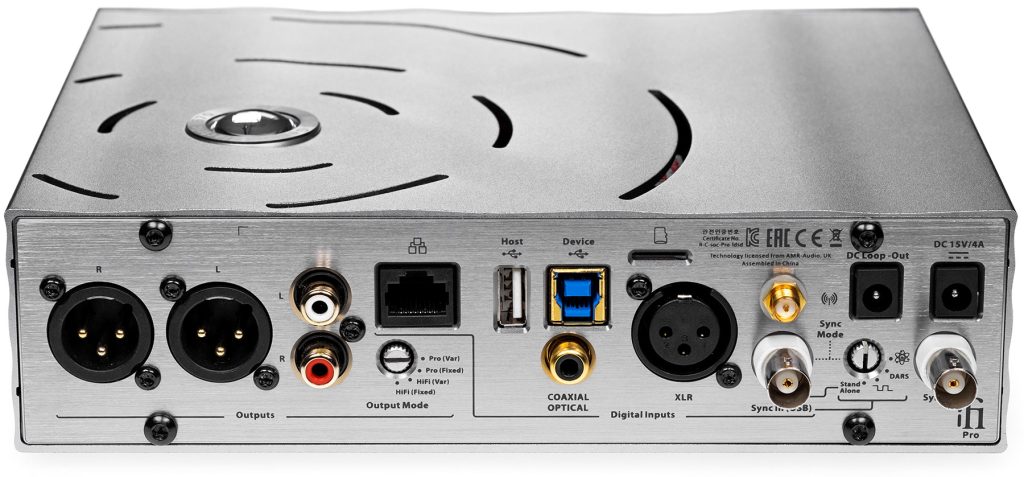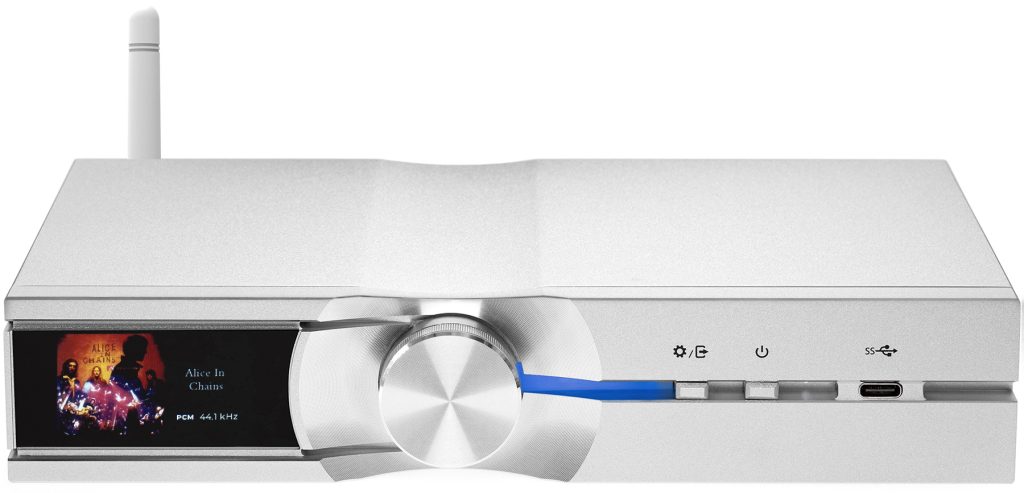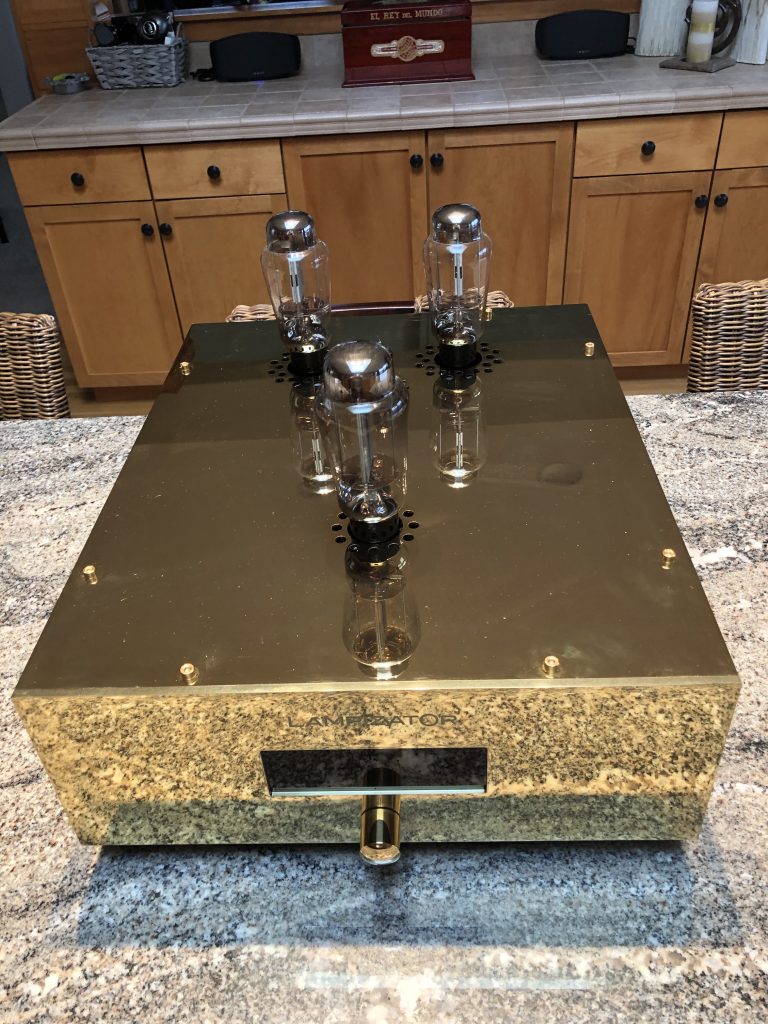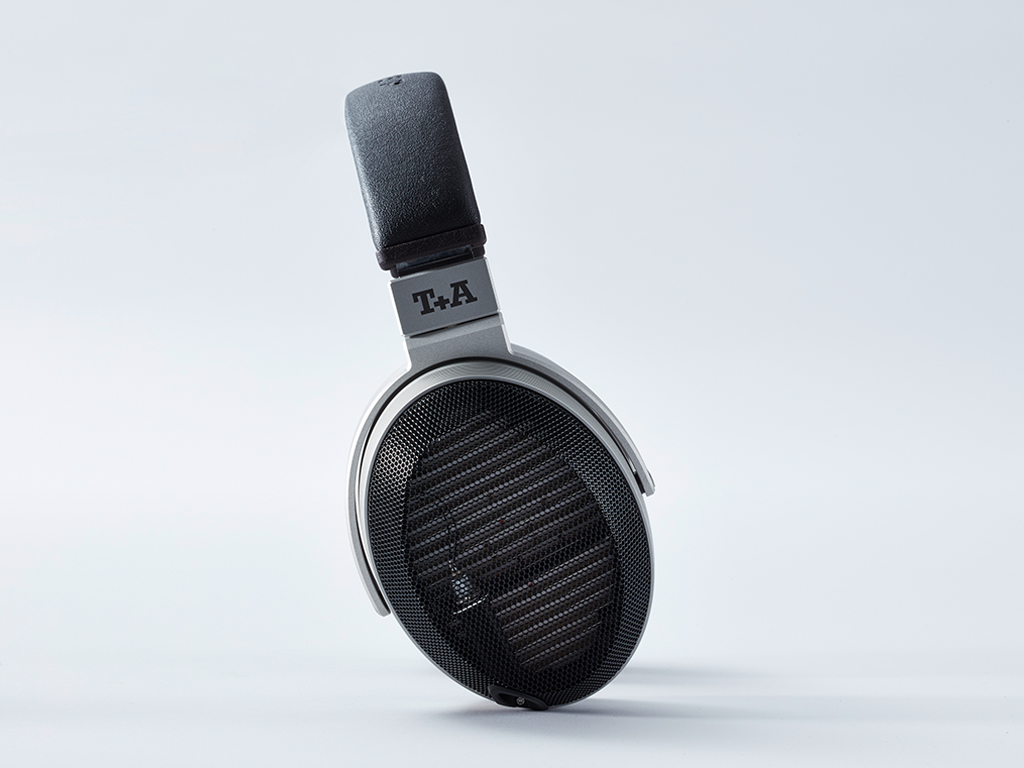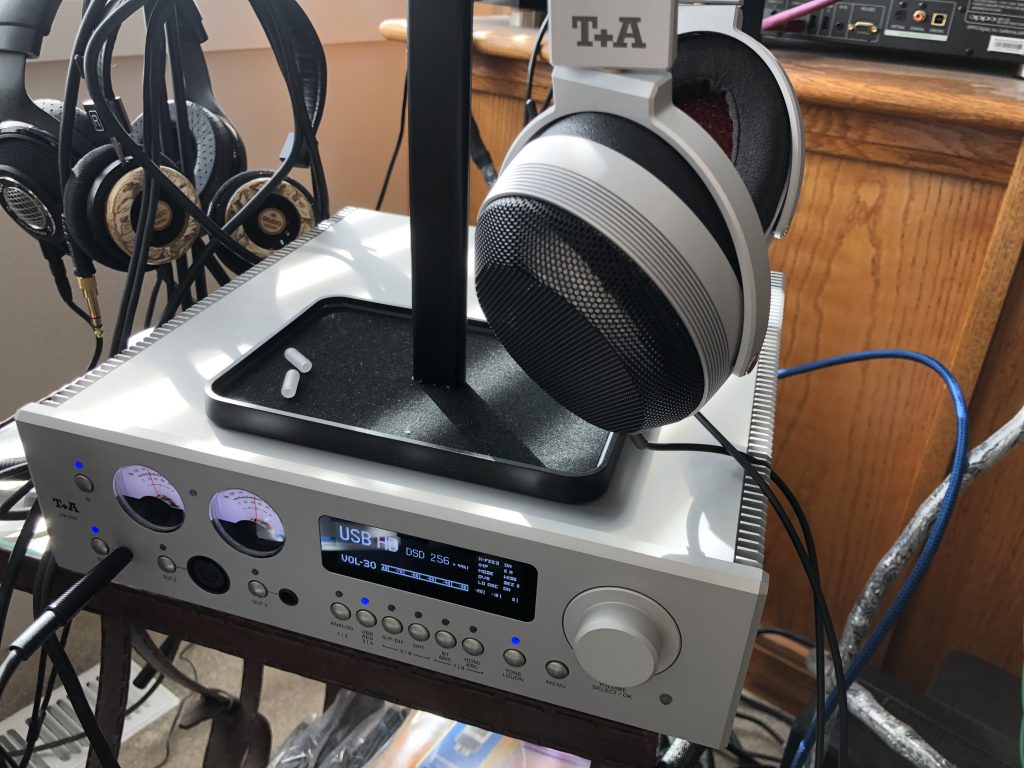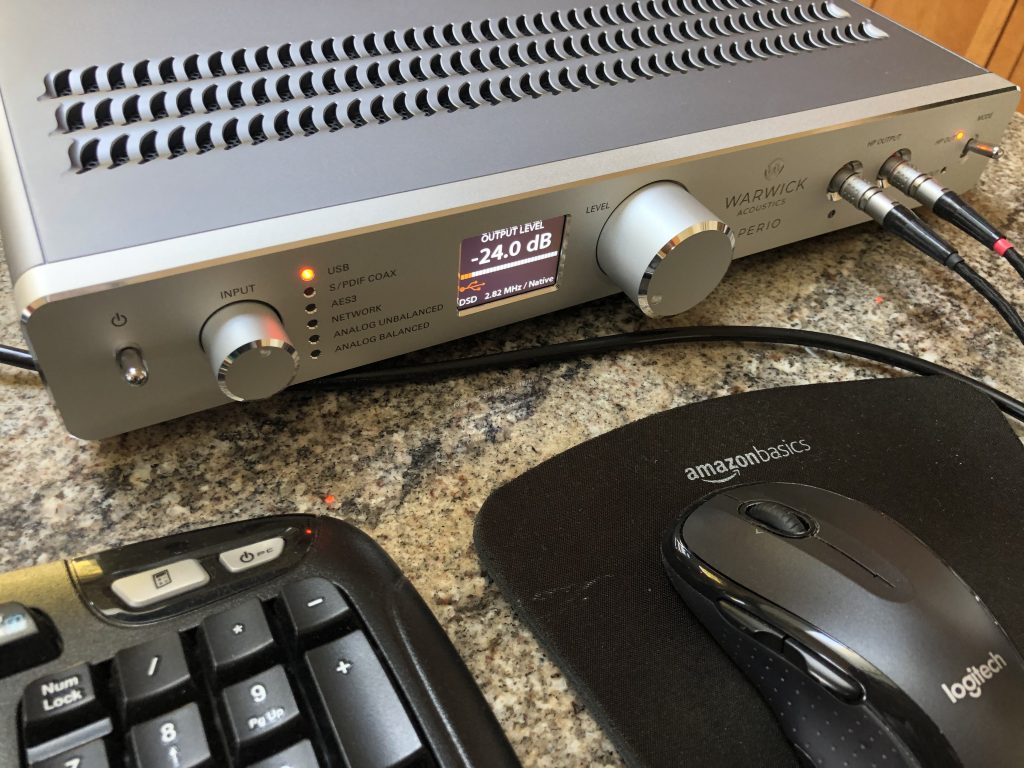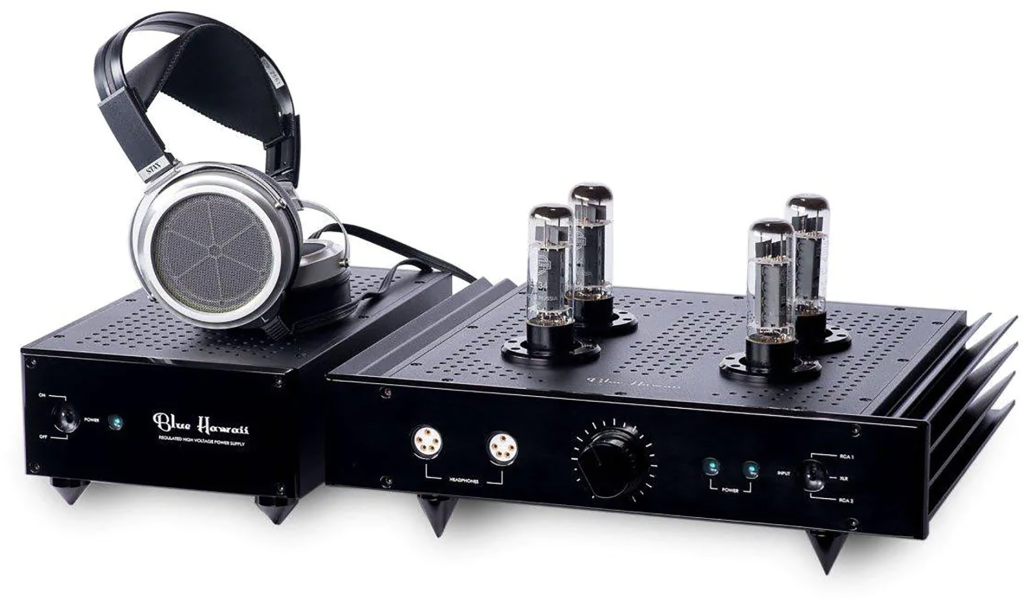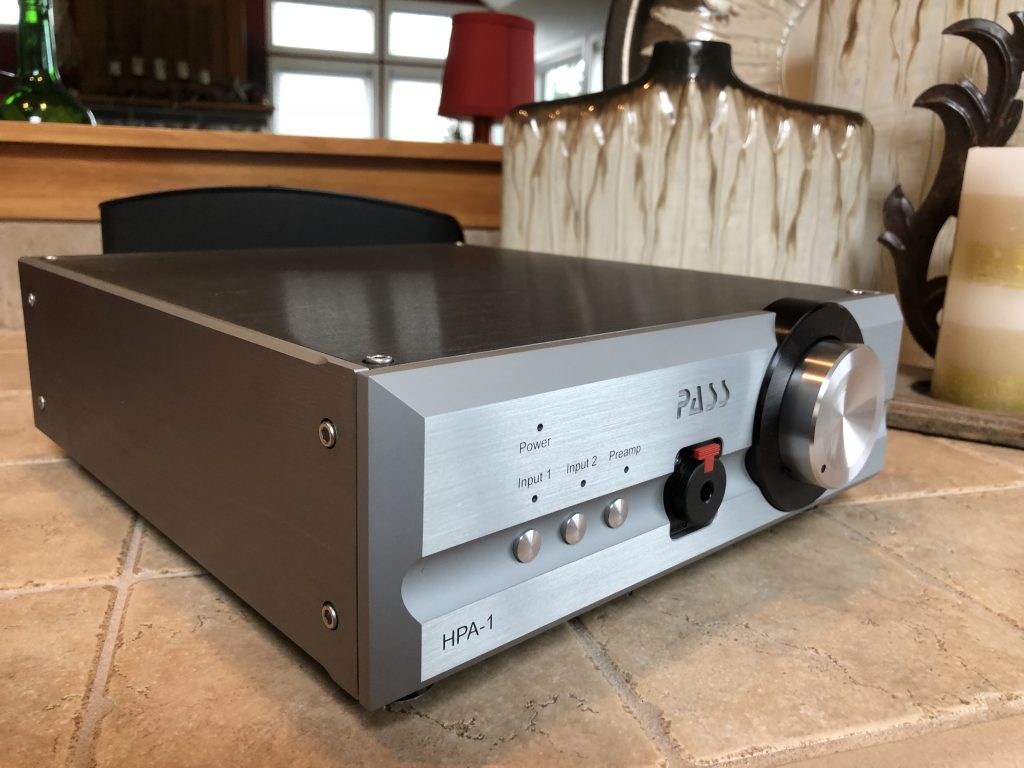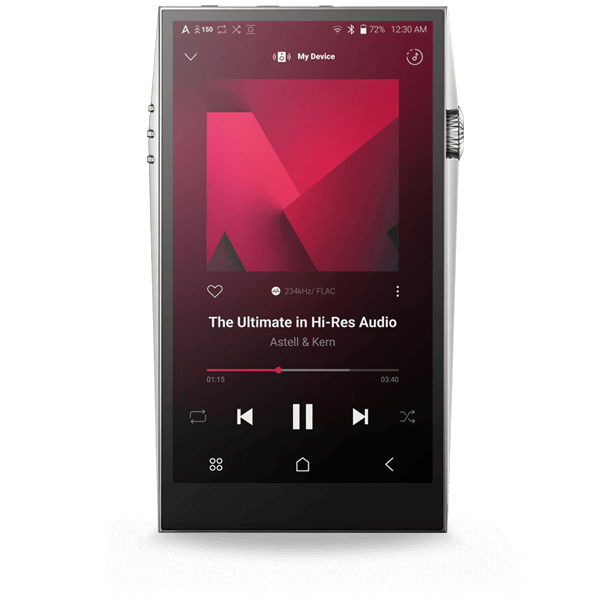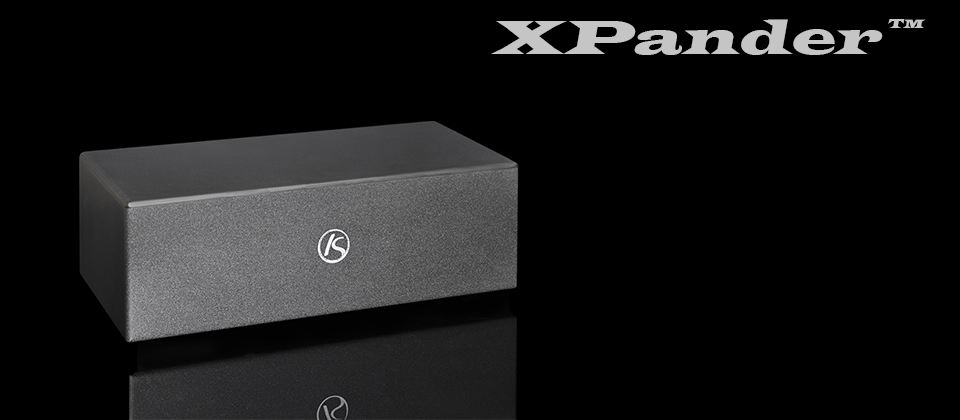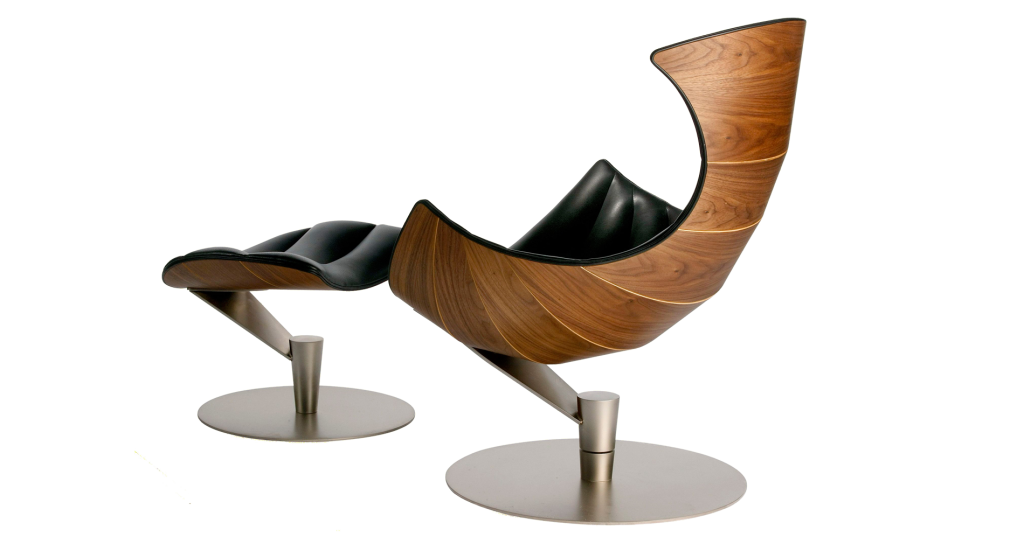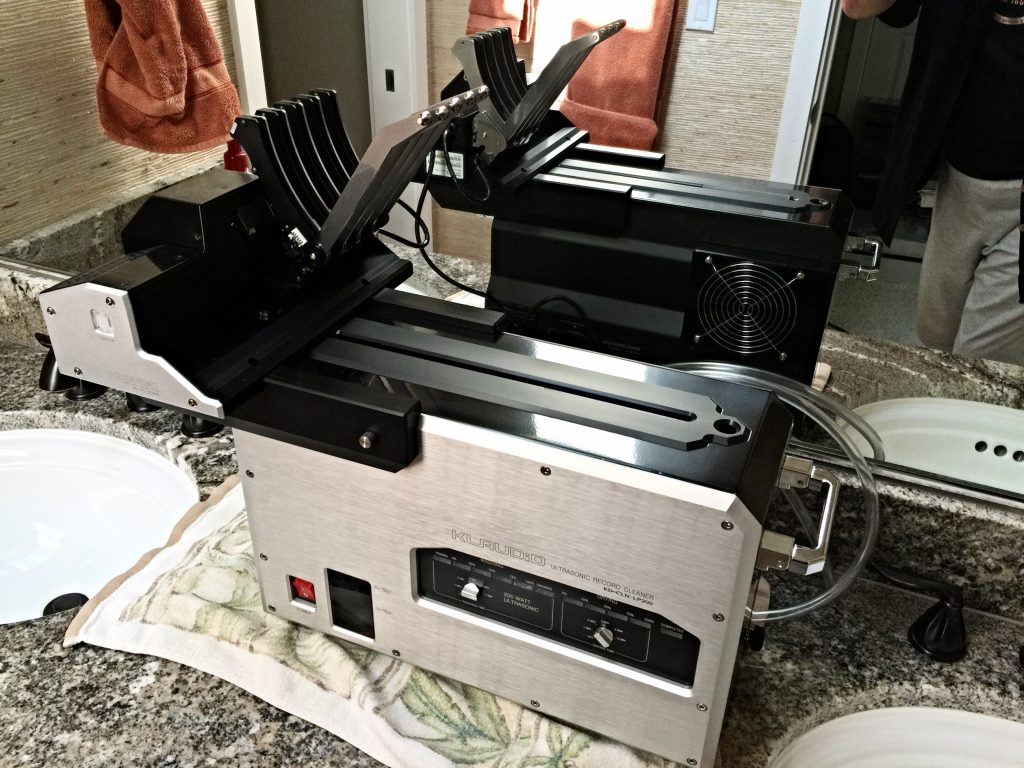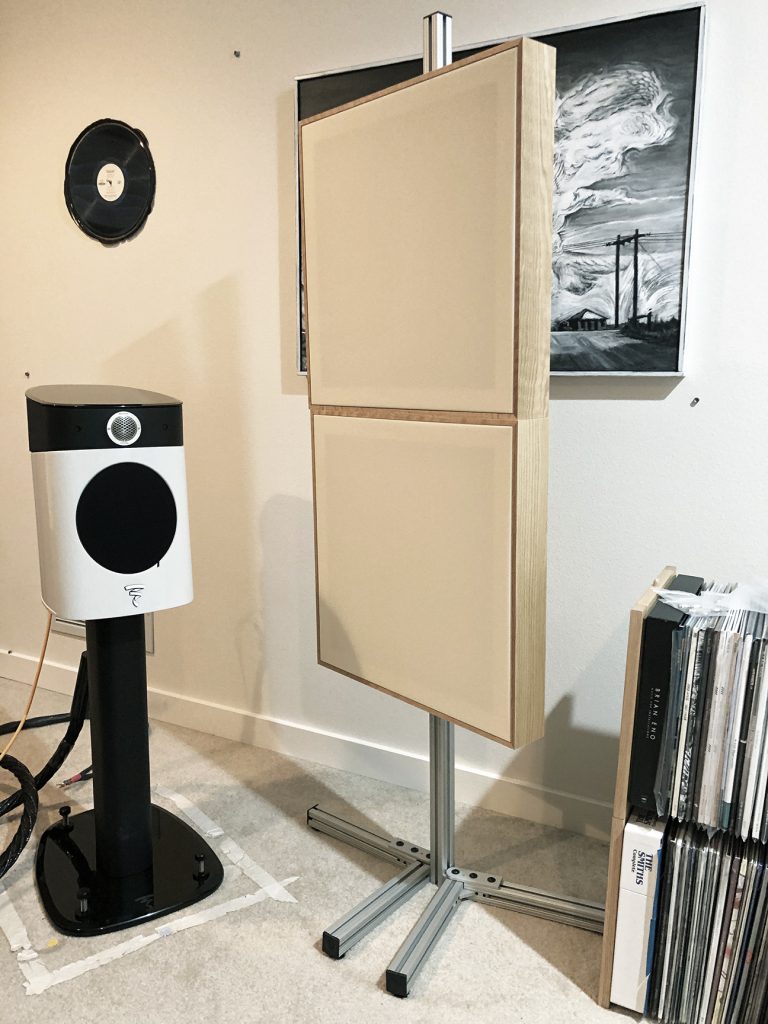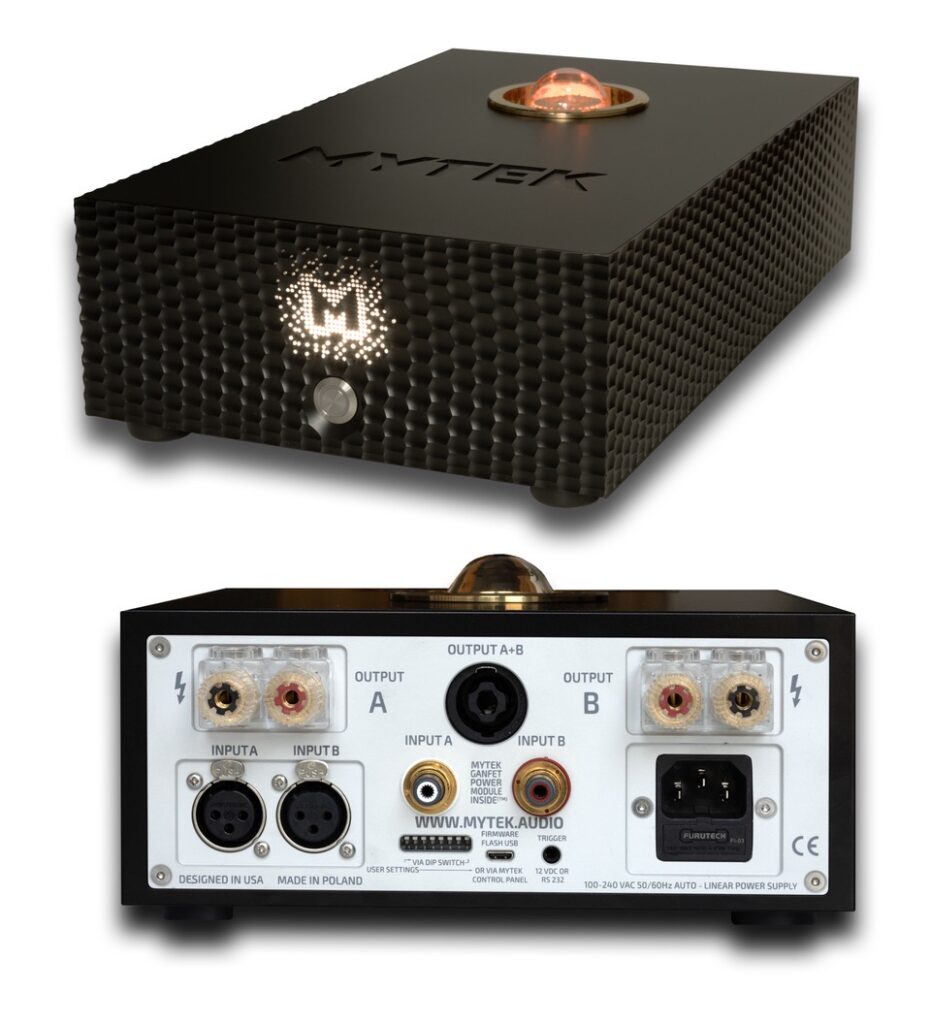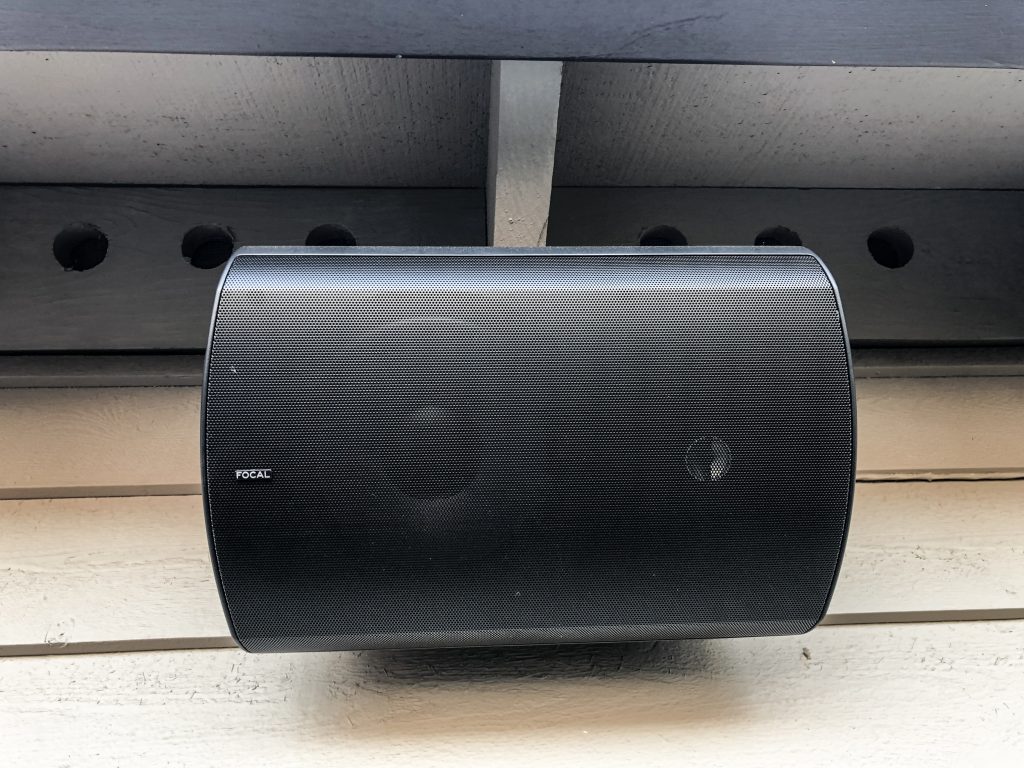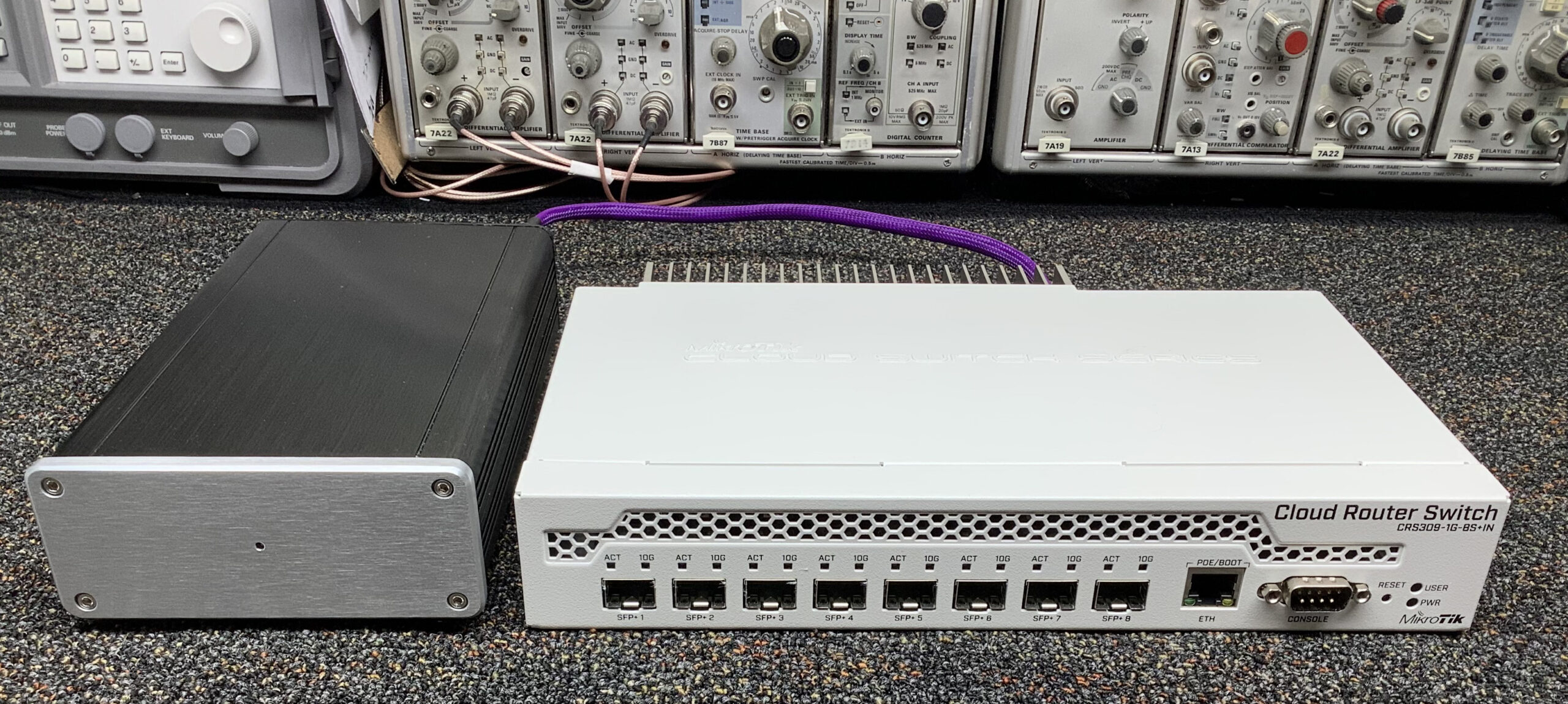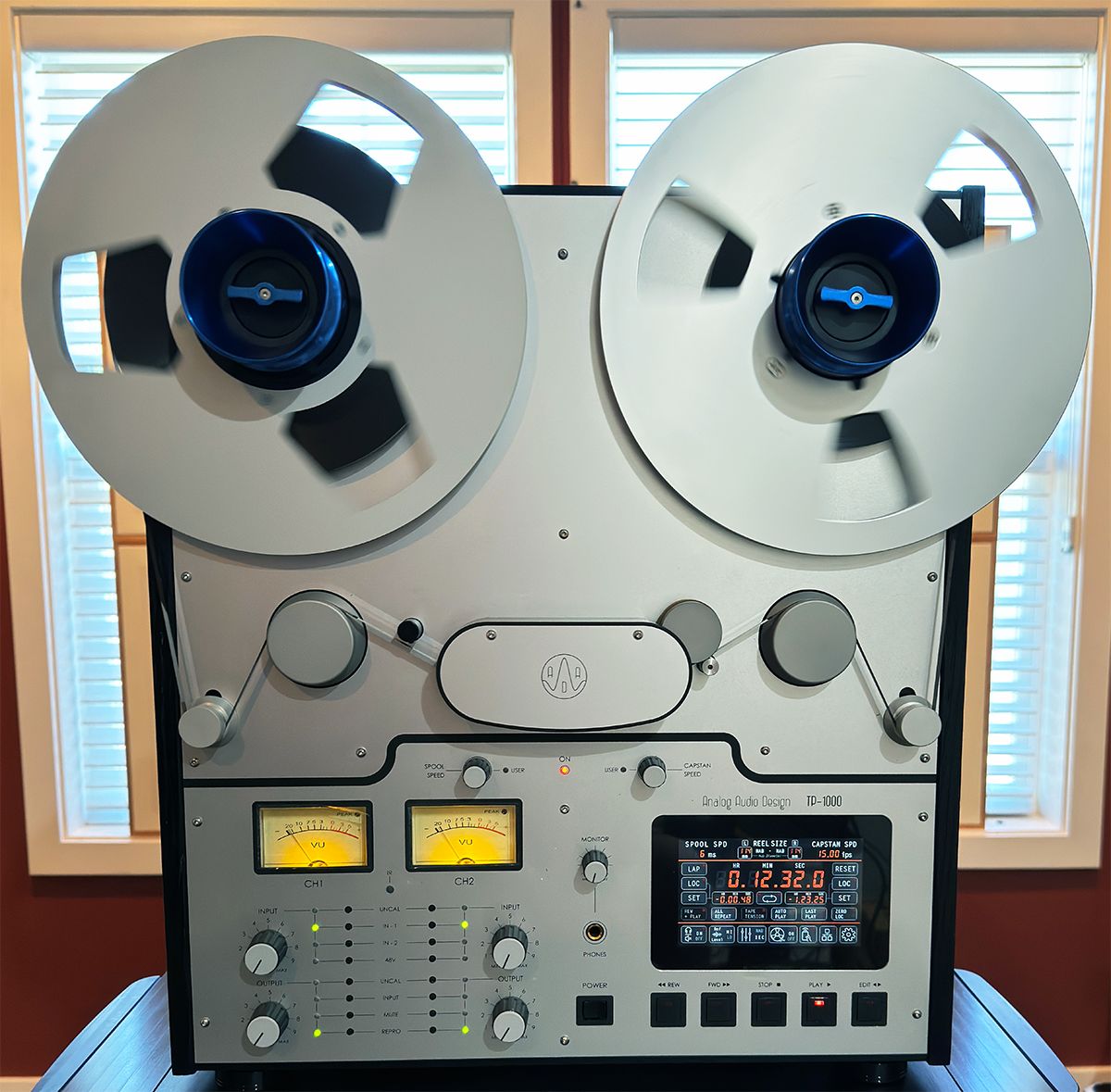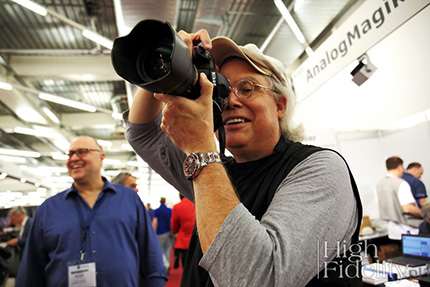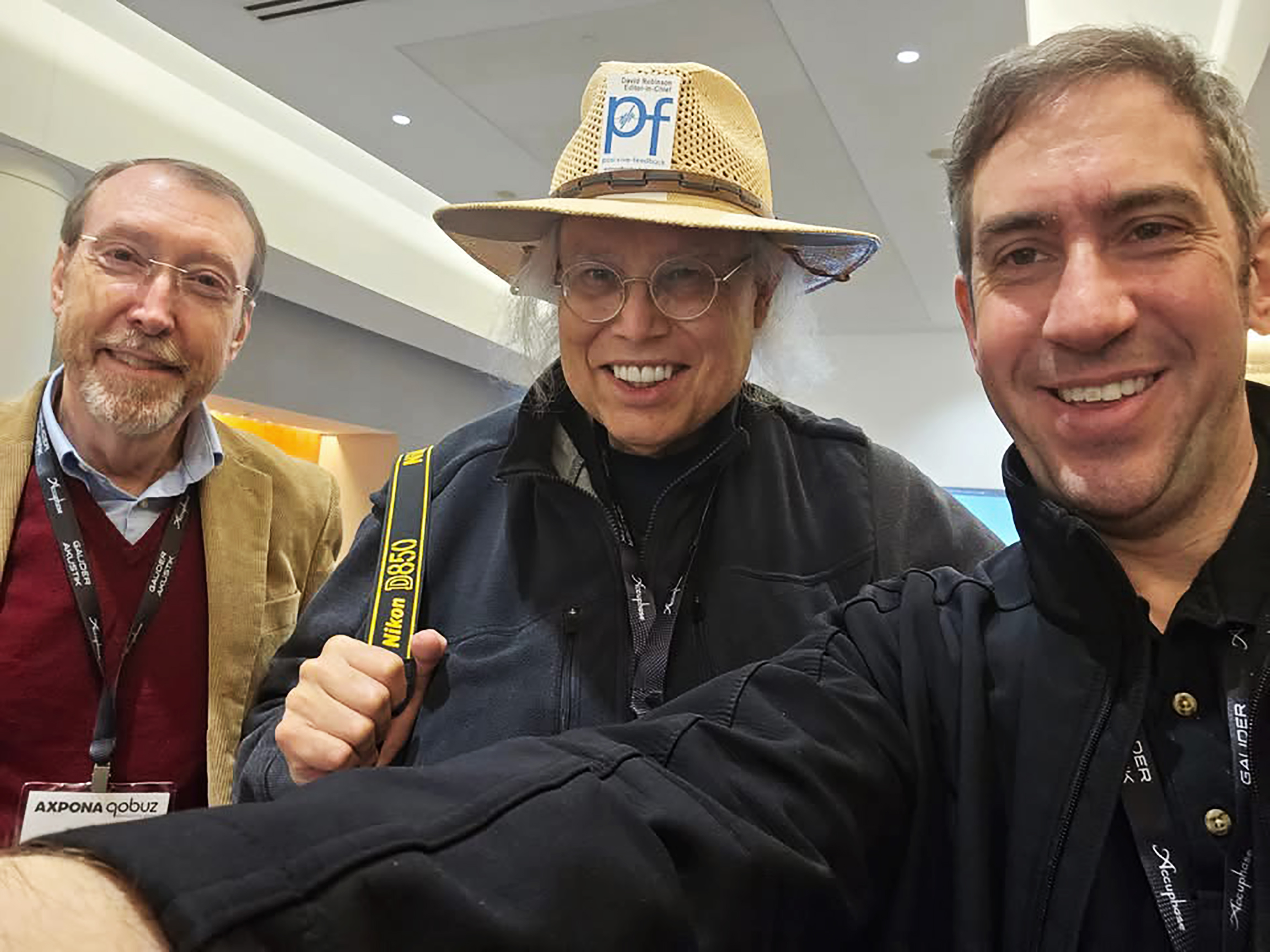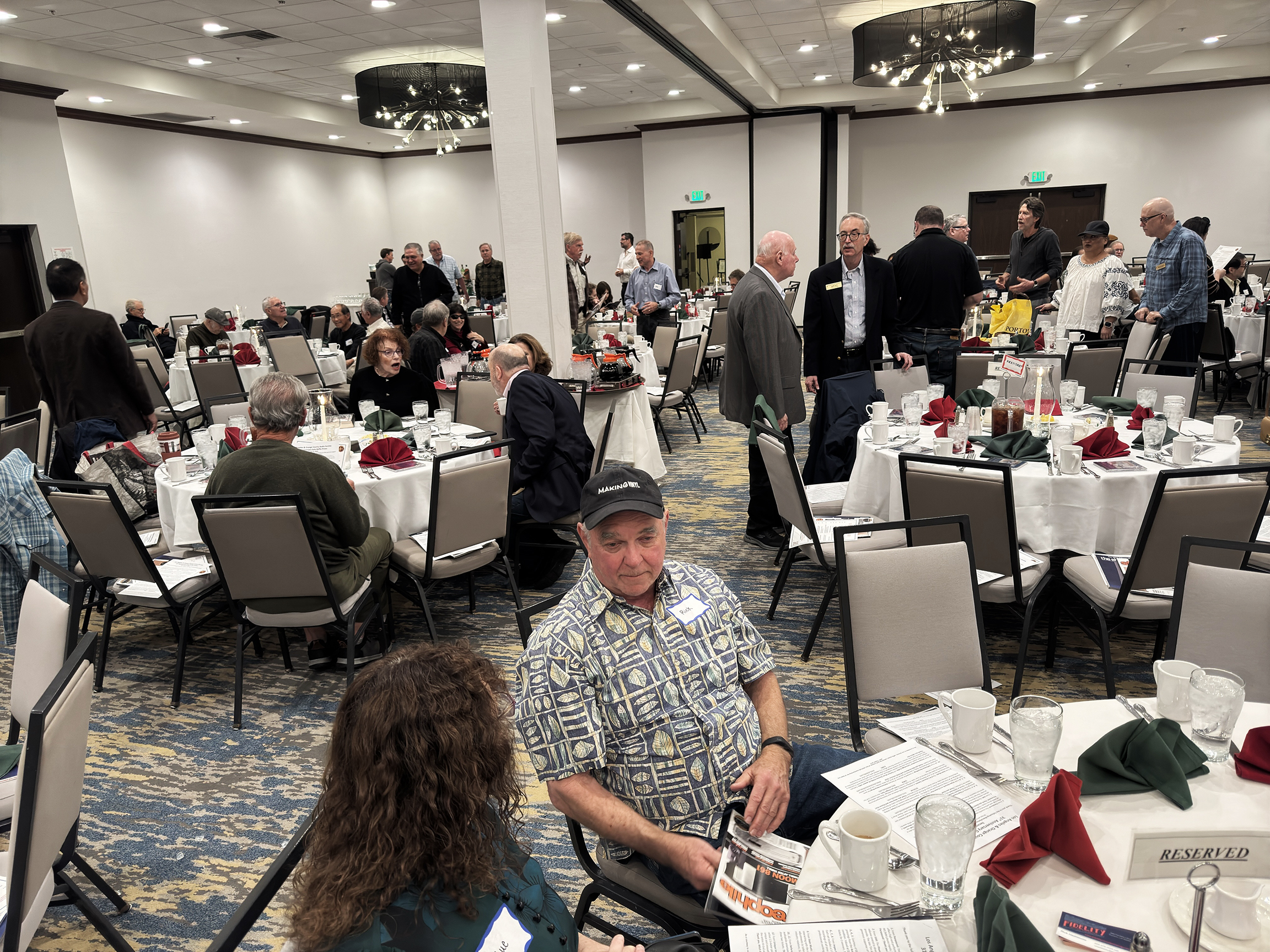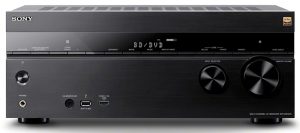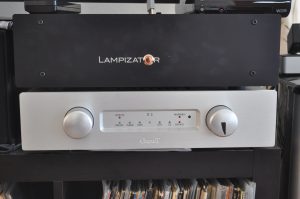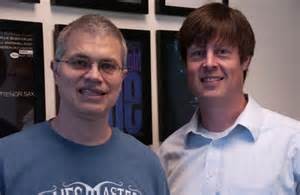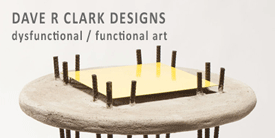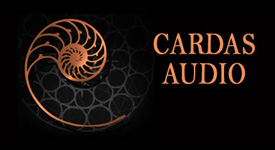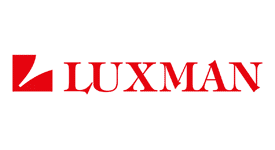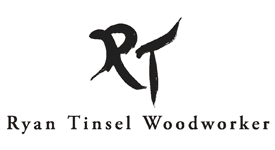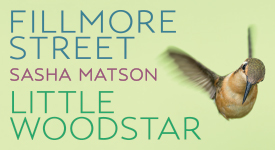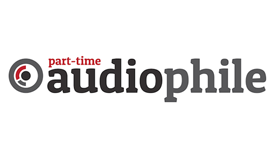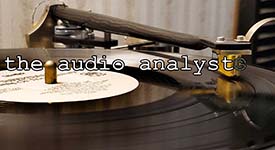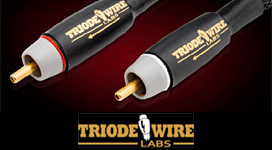Ye Olde Editor enjoying a cigar and Single Malt at Tiberias, Sea of Galilee (Lake Kinneret), Israel, 2022. (Photograph by John Robinson; image processing by Ye Olde Editor himself.)
A keyboard can be a piano.
"It is the artist who, more than other men, is able to create something out of nothing. A whole artistic work is immeasurably more than the sum of its parts.
...The components of the material world are fixed; those of the world of imagination increase by a continuous and irreversible process, without any destruction or rearrangement of what went before. This represents the nearest approach we experience to creation out of nothing, and we conceive of the act of absolute creation as being an act analogous to that of the creative artist. Thus Berdyaev is able to say, 'God created the world by imagination.'" – Dorothy Sayers, The Image of God, Letters to a Diminished Church, Nashville: Nelson Publishers, 2004, p. 30-31.
A credo...
Creative imagination. The immense creativity of the arts. Excellence in all things.
Music and memory: our life and loves, passions and pain, bound up with the soul-song that we carry throughout our lives.
And, as I have said repeatedly, high-end audio is not a lesser handmaiden to live music.
It is itself an art form.
Ever since Edison first cranked the handle and recited "Mary had a little lamb" into that horn, a new art form was created.
It was not live, performing music. (Only live music is live music; only audio is audio.)
It was a new artistic medium.
Thus, when we first developed Positive Feedback 37 years ago, I subtitled it "A Creative Forum for the Audio Arts."
Arts. Plural.
All elements for recorded works since then...from mics to mixers, turntables to reel-to-reel tape, cassettes to compact discs, PCM to (especially) DSD...are all fine tools, distinct art forms, and contribute to the overall possibilities of audio.
My life in audio since I was 15 has been increasingly founded upon these insights.
Ye Olde Editor with his Sony TC-630 reel-to-reel, Koss Pro 4A phones, and boom, São Paulo, Brasil, 1970. (Photographer un-rembered.)
And so...on the path to T+A...
Those who read my work carefully over the years know a few things about me and my high-end audio journey since 1990. I am constantly looking for the very best design, engineering, and workmanship in fine audio. After all, that is what makes it "fine," no? This is what I write about here at Positive Feedback: the best of the best that I've found along the way. There have been many dozens of top-notch audio products that I've written up, given my Brutus awards to, extolled, and purchased along the way. (High-end audio is a wonderful way to carry out vows of poverty.)
One recent set of designs did really catch my attention, though.
To explain: I have a reference library of over 8000 SACDs here at PF Central. Since first being gob smacked by DSD and SACD in 1998/1999, first published in the late fall of 1998, I have been following the best SACD players from 1999 forward. (My first article on hotrodding the Sony SCD-1 SACD player, for example, also appeared in Issue 1 of Positive Feedback Online.)
Since then, many SACD players have passed through here. In fact, we possess no less than six SACD players for the four listening spaces (and our bedroom for one). The Playback Designs MPT-8 Transport with Stream X and MPD-8 DAC in the reference stereo room; the Luxman D-10X SACD player as the reference in our office listening space; a ModWright-modified Oppo BDP-105 with external PS-10 tubed power supply, also in the office; an Oppo UDP-203 in the bedroom (not a listening space); an Oppo UDP-205 in our multi-channel room; and the new Magnetar UDP900 universal player, used for SACD playback in our outdoor listening space.
And that's not to mention the other many SACD players that aren't here.
So you see, I track SACD players/DACs pretty carefully. I haven't had all of them in...CH Precision and dCS being notable not-heard-here-yet...but whatever best-of-the-best I could source for review has always been welcome here.
Enter T+A
One of the audiophile companies that I have been following for years has been the German firm T+A. I've seen and heard them at various American shows, particularly AXPONA, and also saw them at the Munich show.
T+A at AXPONA 2024
I'll admit that their attractive and massive designs attracted me, bespeaking their German origins, and promising all that I loved about German design in all realms. (Yes, I am an experienced Porsche and BMW lover!)
One T+A system at work, AXPONA 2024
2023/2024 was not my first contact with T+A. Some years before, I had received their highly versatile reference Headphone Amp/DAC, the HA 200, together with their Solitaire P headphones. I was so taken with this product that I gave it one of my Brutus Awards in 2022.
Since then, I have kept an eye on T+A at various audio shows. Always, I was impressed with the engineering, build quality, and sheer mass of their products. This was particularly due the fact that their reference SACD/CD transport, the PDT 3100 HV made such a huge impression on me. I did some research at the T+A site, and was really taken with the quality of the PDT 3100 HV.
But more: to do the PDT 3100 HV, I would want hear it in tandem with their SD 3100 HV Reference Streaming DAC, which matched the T+A transport in quality, and supported T+A's remarkable and unique IPA digital interface for DSD/PCM output.
James Shannon of T+A, in our reference stereo listening room at PF Central (photograph and image processing by David W. Robinson)
And so, in middish 2023, I contact my audio friend James Shannon to see what could be done to obtain review samples of the PDT 3100 HV and SD 3100 HV units. As usual, my conversation with him was pleasant. He was willing to see if he could get them my way. But he and T+A made a further suggestion. The highest degree of seamless integration was to be found by adding their P 3100 HV reference preamp. This would allow the full tie-together of the system, and the highest degree of remote control of the whole package.
That made sense to me.
And so T+A made the arrangements to ship the three review units my way when they could.
That turned out to be the summer of 2023.
And damn! Were they heavy!
We setup the T+A stack on our YG Acoustics Rack stand, the four-shelf version. This is a very solid, nice-looking rack system, all metal...no surprise with YG Acoustics.
The top shelf held the P 3100 HV Preamp. Next shelf down was the PDT 3100 HV SACD/CD transport. Below that was the Wolf Audio Systems Alpha 3X Streaming Server with CD player/ripper (not reviewed). On the bottom shelf I placed the SD 3100 HV Streaming DAC. The review samples were not color matched...they were what was available...but for the purposes of this project, that wasn't important.
The rest of the system used for this project can be summarized as follows:
Amplifiers: a pair of Audionet Heisenberg Monoblocks
Loudspeakers: Vivid Audio Spirit reference speakers
Cabling: Kubala-Sosna and Synergistic Research
Acoustical Treatments: Stillpoints Apertures
AC Receptacles: Furutech and JENA Labs
Listening Chair: GamuT Audio Lobster Chair
This is a potent reference system, and helped to bring out the most in the T+A stack.
The T+A HV stack (right) facing another PF reference source array on its Stillpoints ESS Rack.
The T+A SD 3100 HV Preamp and PDT 3100 HV Transport: another view, while in operation with the MoFi SACD of Crosby, Stills, and Nash.
James Shannon was able to drop out for a visit and listening while the T+A stack was in operation. He's an excellent fellow, and has been in the high-end audio biz for quite a while. The pride that he takes in the craftsmanship of T+A was quite evident while we talked and listened...a pride that is well deserved, given my experience with this system.
James Shannon: a portrait. Happy Valley, OR, 2023 (photograph and image processing by David W. Robinson)
James Shannon of T+A checking out the SACD of Jethro Tull's Stand Up. Killer, that one!
From what I could see, James was really taken with the sound of the T+A HV stack in my reference stereo listening room. Given its moderate dimensions, this was a compliment...one that I've heard from every industry professional that has visited for the past 25 years. (And I would agree; a very well-behaved room.)
The T+A Hardware
Starting with the PDT 3100 HV Transport, here you have an immensely solid and precise design. It tips the balance beam at 64 pounds (!), and sounds like the solid rock that its massive build promises. Exceptional detail, stability, and transparency are here, in spades. A transport that handles the requisite detail of SACDs with aplomb...there can no complaints here. (And I had none.)
Image courtesy of T+A
The front features a large, clear playback display, with enough information to help the listener identify artist, album, and song. Two knobs provide option selects with punch-down of various functions. Once you get the hang of it, they're easy to use...
The T+A F3100 Remote Control (used on all three of the 3100 HV components)
...but there is also a heavily built, very spiffy remote control for each T+A unit. It worked flawlessly, giving you the choice of knob-based or remote-based control and configuration of the 3100 HV designs.
PDT-3100 HV rear view (image courtesy of T+A)
The backside of the transport gives you a very clean and logical layout for I/O. The usual outputs are there...TOSLink, Coax, BNC, AES/EBU...the usual suspects...but none of these interested me especially. Naturally there was a gigabit Ethernet port for LAN connection. HLink (High Voltage Data Bus) is also present to allow the chaining of other T+A HLink devices. Handy that.
T+A's HLink connectors and cables for connecting other HV units
What I was fascinated by, though, was the T+A IPA.
In place of the usual HDMI/I2S port, this IPA connector provides a secure screw-down link to other T+A IPA devices downstream...for example, the SD 3100 HV Streaming DAC that was here. Because it was so very different in appearance, it kicked up some online discussion; I was THIS THREAD at Audio Science Review. Personally, I very much liked the very positive physical connection method. HDMI/I2S can be too easy to jar loose while working with audio gear (as I experienced just recently while dealing with PS Audio's PerfectWave and DirectStream stack).
The IPA provides Low Voltage Differential Signalling (LVDS) for clean transmission, and both Single DSD (DSD64) for SACD and 44.1kHz/16-bit for PCM datastream outputs from optical to the digital domains. Very nice...in tandem with the SD 3100 HV Streaming DAC, it sounded terrific!
Downstream of the PDT 3100 HV was the SD 3100 HV Streaming DAC.
What a tasteful and handy front end!
Two control/function knobs, an input for USB, two headphone jacks (4.4mm and 6.3mm) with a headphone amp running in Pure Class A, and a large display screen make for a seductive experience with this streaming DAC. (Note that a reference preamp version...the SDV 3100 HV...is also available, provided two stereo analog inputs, XLR and RCA, in addition to the streaming DAC.) The custom streaming client for the SD 3100 HV is T+A's MusicNavigator, available as a free download for IoS and Android devices. I used the IoS version.
The rear view of the SD 3100 HV: ports galore!
A very impressive array of I/O options here.
First, since the SD 3100 HV is a true dual mono design, there is one AC in for the digital section, and one AC in for the analog domain. In fact, as James Shannon has informed me, "While you are 100% correct that our gear is fully dual mono in architecture, the separate AC inputs on the P3100HV and SD3100HV are actually a means of separating the AC for digital control components and analog circuits – completely back to the wall, with no internal connections whatsoever. All analog/digital signals are completely separate in the preamp, and the SD3100 has fully isolated optical and galvanic isolation between the digital components and analog components, including isolation of the ground planes for each of those circuits. We have found that this level of isolation back to the wall makes it virtually impossible to see any kind of digital noise entering the analog output and gain stages."
Other inputs include two TOSLinks, two RCA-style coax, two BNC, 1 AES/EBU, two HDMI, two USB, a fully isolated gigabit Ethernet LAN, wireless, two HLink bus connectors for other T+A units, and the aforementioned proprietary IPA Link for high-resolution, high-performance digital datastreams.
The SD 3100 HV also comes with a basic app for streaming from services like Qobuz, called MusicNavigator. I tried it out with PCM from Qobuz...it sounded all right...but it was yet another app and interface to learn. My current streaming app stable includes Roon, JRiver's Media Center 33, and Aurender's Conductor. Learning another hardware-dedicated app would be...well...another app and interface to learn. So, with over 8,000 SACDs to voyage with, I confess that I didn't spend much time with it.
The third and final piece of the T+A puzzle was the P 3100 HV Preamp. Built like a tank, it has a plethora of I/O options...just what a person like me is looking for!
Rear view of the P 3100 HV Preamp
As you can see, there are four balanced and six unbalanced (including one for phono in), just what the doctor ordered for reviewing here, or for audiophiles with a number of sources. I'm definitely one. HLink is included for chaining components...such a good move...plus isolated gigabit Ethernet. In fact, HLink make the unified control of the entire T+A stack a breeze. I didn't have a single problem with the HLink-configured system while the review samples were there.
Note the two IEC 15A power inputs, one for left and one for right. That speaks to the true dual mono design within the P 3100 HV. Very reassuring.
Another major plus for me was the inclusion of Recorder loops for left and right channels. Those of us doing analog or DSD recording find this to be a real blessing, easing the task of recording directly from the preamp. I'd like to see a lot more of this in high-end preamps.
The view inside: the P 3100 HV Innen Cards
P 3100 Platine ("Platinum") Cards
In sum, an exceptionally well built preamplifier, one of the best that I've ever seen. Make sure that you click the section heading link to read more about the P 3100 HV...it's a complex beastie.
The Sound
But enough of that. Clearly the T+A 3100 HV series that I had here was a phenomenal sonic chain...but how did it sound?
One's normal concern about such high-level audio design and engineering would be that it would sound too analytical, dry, even astringent, and lack soul.
Since I own the T+A HA 200 Headphone/DAC, and had heard T+A's various HV and non-HV iterations at a handful of audio shows, I was quite confident that there was no danger of T+A sucking the life out of me via desiccation. (I do know kit that will do that to you, yes. I stay away from it.)
These days, we have over 8,000 SACDs on hand, plus thousands of CDs, as well. That made it easy for me to use a number of select reference SACDs. Not that there weren't a lot more SACDs that I listened to here, but there were too many to mention each one, so I'll summarize with some of my key SACDs. If you find any of these titles of interest, you'll want to hunt them out ASAP. Some are hard to find. I strongly recommend these as necessary additions and references in your SACD listening library.
Jumping in with very brief comments on key SACDs that I used with the T+A project:
For years, Rhapsodies, conducted by Stowkowski, has been a constant go-to for me...quite often the first recording that I'll run with new gear. A must-have, since in concert hall spaciousness, deep bass, and articulate detail, the RCA Living Stereo Rhapsodies has it all. And the T+A stack passed with flying colors with the Acoustic Sounds SACD.
Anyone who loves Faust and Carmen will lose their heart with this SACD. A very fine transfer to DSD64, as I can say from my several LP versions of this exceptional recording. A true reference, although I think that the another tape transfer should be made to DSD256. Quite tempting. (Heh heh!)
Then we could all sleep better at night.
Well...of course! Any questions? Need I say more?
An orchestral tour de force, one that the PDT 3100 HV handled with gratifying ease. It's been one of my standard references for so many years that I'd have to stop for a moment to remember which year it was.
The late '90s?
Next slide, please.
Charles Mingus made many fine recordings during his life, including collaborative work with Joni Mitchell towards the very end of his life. But I keep coming back to this earlier classic recording in its SACD incarnation. ("Goodbye Pork Pie Hat" is an all-time favorite for me.) If you love jazz and don't have this one...what are you waiting for?!
The T+A stack brought this to life in a world-class way, by the way. I've only heard one other SACD player operate at this level.
Switch gears. Spitball's Pop Condition, composed by a Dutch group in the Netherlands...one of the main homes of DSD and SACD in the world... This is one of the very early alt-rock recordings (2000) that was actually recorded and mixed in early multichannel DSD and then taken to stereo in the final release.
Not afraid of alt-rock? Maybe even like it? (I do.) Can you be careful with your playback volume? (This album, recorded and mixed directly to DSD64, goes very deep in places, and would win a prize for dynamics all by itself.) If you aren't careful, you could damage your loudspeakers.
You have been warned.
Another significant album by the Alan Parsons Project. Troubling, dark, but masterful in Parsons/Woolfson's compositions throughout. And I think that there are things going on spiritually here that are not merely a musical reflection on Isaac Asimov's writings on robots.
Be forewarned.
But a fine SACD for evaluating bass, high-frequency extension, dynamics, and detail.
Joe Weed's The Vultures is a great recording! If you haven't heard this one, you really need to add it to your collection, feed your SACD player with this collection of classic rock instrumental tracks. Incredibly tactile and detailed, with exceptional imaging and soundstaging, you'll get terrific performances of some great (and for many of us, nostalgic) songs. In fact, I love it so much that I purchased a second copy
I could wish that the Top Music team had not used 96kHz/24-bit in the chain, but the production values were very high here, and the result in DSD64 irons out many of the issues that I have with PCM...even at 96/24.
It's true: undecimating PCM and taking it over to DSD produces a very noticeable amelioration of the PCM nastiness.
And the T+A HV stack took this SACD to extraordinary levels. And I say this having listened to it on a number of different SACD players over the years.
Impressive.
A fantastic Red Book CD...one of my references for 44.1kHz/16-bit Red Book sources. I shouldn't need to introduce Stephen Stills to our readers, unless they are younger/inexperienced. (Get thee to a Google search!)
This is a highly detailed, tactile, and articulate CD. In fact, when I played it for my good Audiobud Chad Kassem of Acoustic Sounds/Analogue Productions/QRP Record Pressings a couple of years ago in my stereo reference listening room, his reaction was immediate.
"Wow! Dude! Maybe I should release this one myself!"
Unfortunately, this recording from 1991 was only released on CD...nothing else. This, given the date of release, makes me suspect that this was recorded directly to PCM Red Book ("Is that a DAT over there?"), with no analog recording in existence.
In effect, PCM at either 44.1kHz/16-bit, or perhaps 48kHz/20-bit is the master.
We just have to live with that.
I love Chopin's Nocturnes. The reference recording is generally thought to be the Rubinstein RCA Red Label SACD, while more recent renditions like Bogányi's on the always-delightful Stockfisch Records SACD. Either way, the T+A stack distinguished itself by allowing me to hear both the body and soul of the music. I was both pleased and impressed by the level of accomplishment evidenced in what I was hearing from SACDs while listening to any disc.
Well yes, I shouldn't forget the aforementioned JT SACD. A real classic, and a fine, musical reference SACD.
I've GOT to stop. There were many more SACDs that I spent time with, far too many to list here, that I can't list them all. But the qualities of the T+A stack kept drawing me on and on. Bloody things!
But you get the idea.
German excellence evokes other German excellence...
Those of us who love German engineering in anything will certainly appreciate what T+A represents in high-end audio.
And brother, I love German engineering.
See?
My beloved street-legal, track-ready 1990 Porsche GT/GTS
What an engine it had! The Porsche 1995 dual overhead cam 5.4 liter normally aspirated GTS engine, ready for the race track. A true beauty and the beastie...
My 2008 BMW 335i four-door coupe...
...and my 2011 BMW M3 Hardtop convertible with its dual overhead cam V-8
Ye Olde Editor of the wheel of my beloved 2011 BMW M3 DOHC V-8 (black on black, seven-speed dual-clutch automated-manual transmission). High-end audio passion is like high-end automotive passion, you see...
A lament over the departure of the T+A stack...
At long last...but not long enough for me...the T+A kit had to go back.
The loss was palpable. When you actually mourn the return of high-end gear, that's a significant thing. If your audio sensibilities are educated, and your audio experience is extensive, then you can be wounded in the soul by the necessary return of review samples. It goes with the turf: designs come, and then they go.
James Shannon sitting back in our GamuT Lobster Chair, and taking it all in. Amen, James, amen!
But still you hurt...
A long-term view and conclusions
Gob smack time.
True world-class reference designs and systems are, in my experience, exceptionally rare and hard to find. Just a few tip my balance beam at that level, and walk directly into one of my Brutus Awards at the end of 2024.
But the T+A 3100 HV stack, as configured, simply slams a grand slam...the Brutus Award for all three was an absurdly easy call.
If you can afford the prices, and are looking for world-class SACD/CD, and high-resolution streaming of online and NAS-based sources, then you simply must give the T+A HV line a careful look. You won't be disappointed...guaranteed.
I wasn't...thus I give three of my 2024 Brutus Awards...and my highest recommendation!
(Pardon the delay: it's life, you see.)
T+A PDT 3100 HV Reference SACD/CD Transpor
Retail: $23,450 (US Dollars)
T+A SD 3100 HV Reference Streaming DAC
Retail: $36,390 (US Dollars)
T+A P 3100 HV Reference Preamp
Retail: $23,750 (US Dollars)
Distributor (North America)
T+A North America Inc.
2800 St. Marys Rd.
St. Marys, GA 31558
+1(912) 576-7000
Manufacturer (Germany)
T+A elektroakustik GmbH & Co. KG
Planckstraße 9-11
D-32052 Herford
+49 (0) 5221-7676-0
International Dealer List: https://www.ta-hifi.de/en/dealers/

